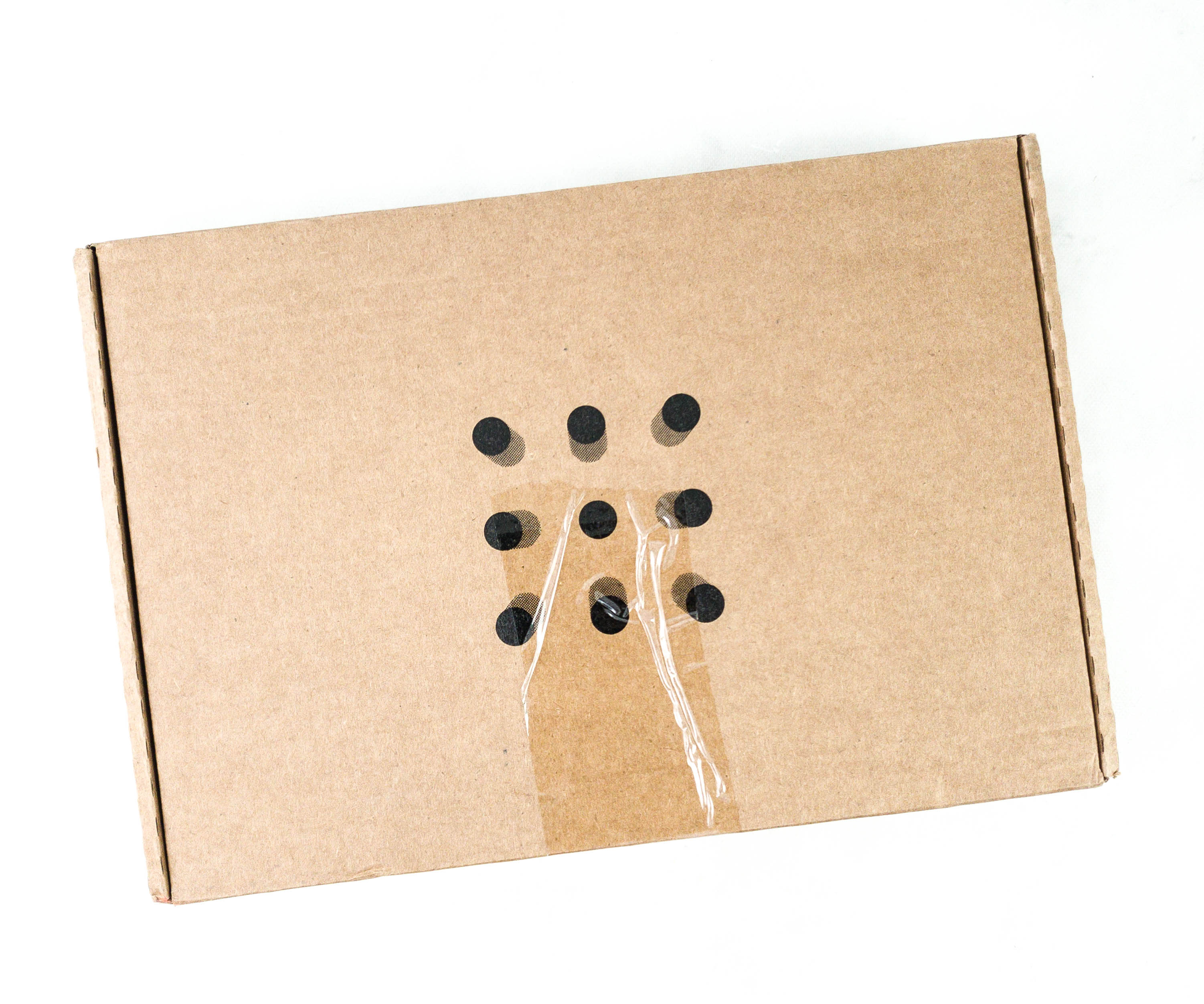
MEL Chemistry is a monthly AR‑powered STEM subscription box from MEL Science intended for kids ages 9-14. You can subscribe to the box for $34.90 each month. Each monthly kit contains 2-3 science experiments with enough materials to try it twice, plus step-by-step instructions. All the experiments are designed for home use.
DEAL: Get 25% off your first month! Use coupon code HELLO25.
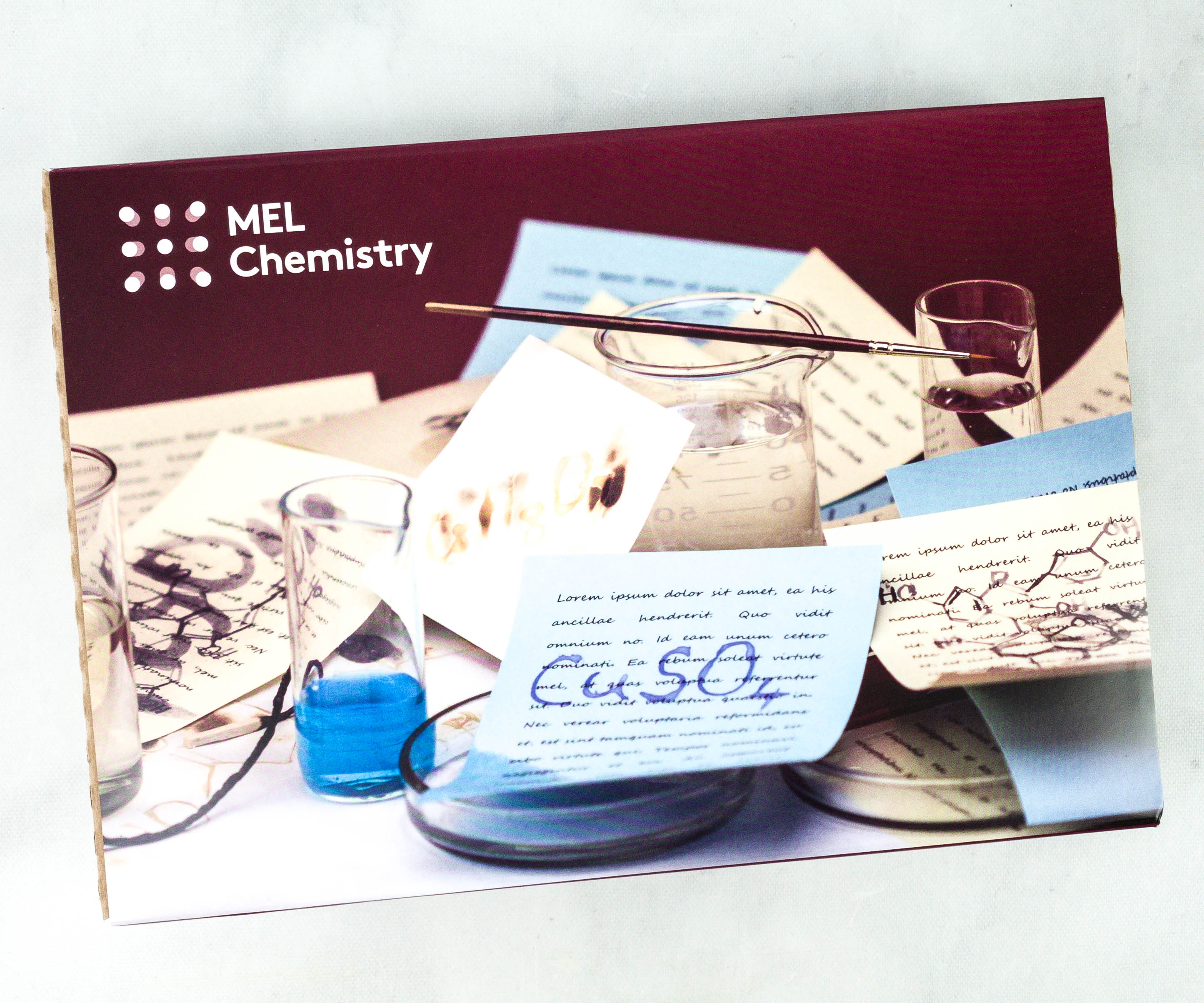
The box sleeve shows a preview for this month’s activity.
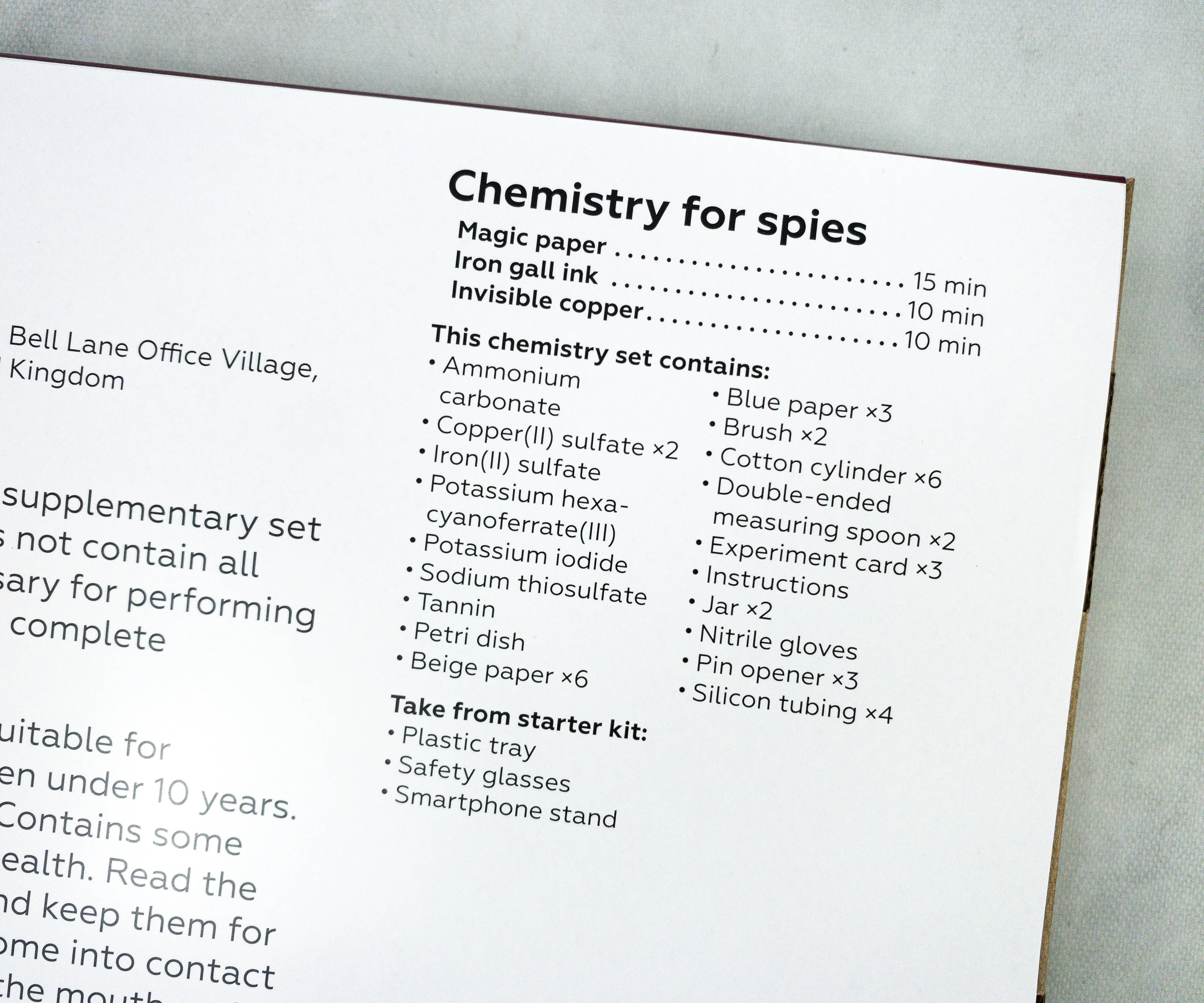
This is the review of the MEL Chemistry – Chemistry of Spies box.
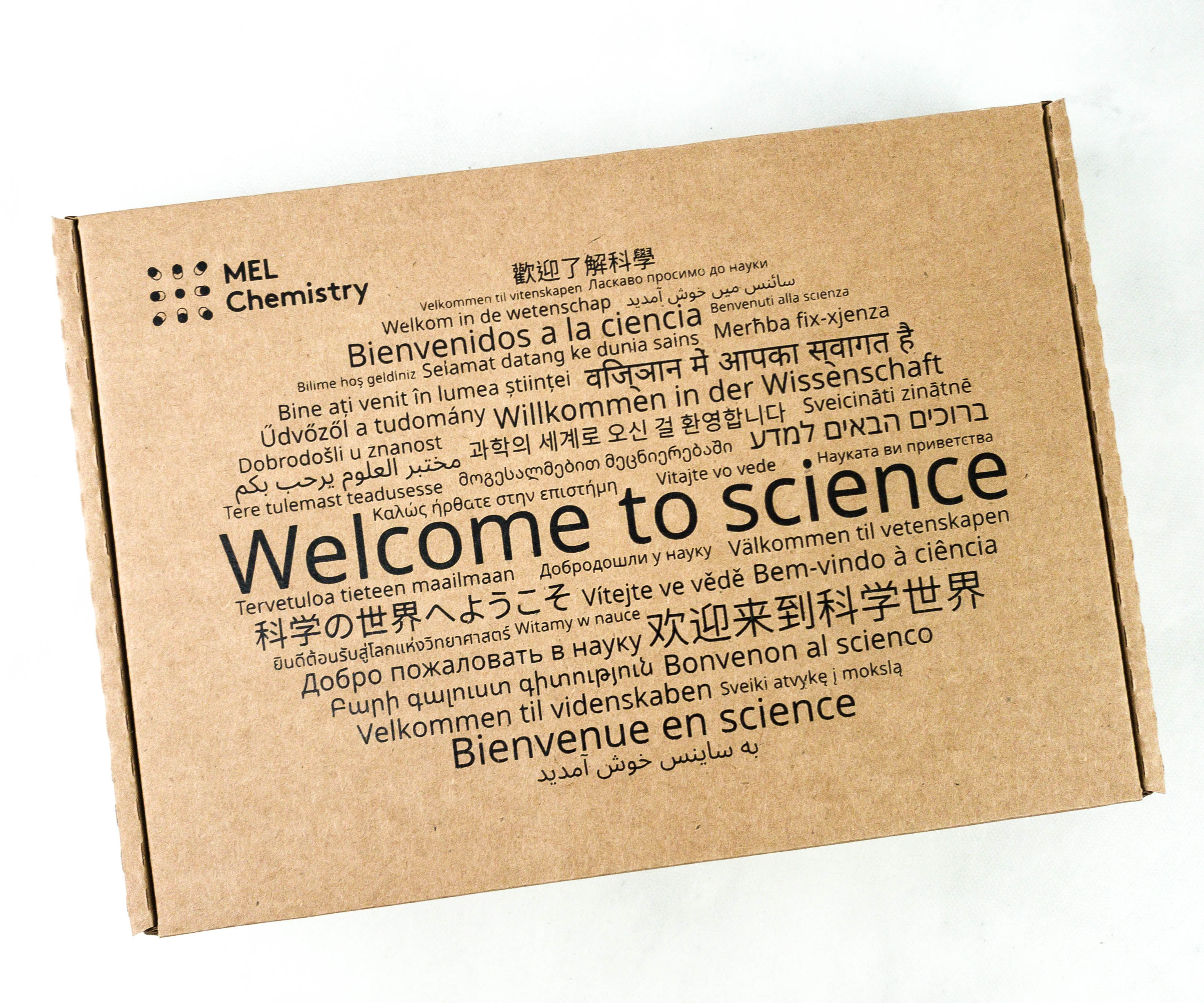
The box welcomes us to science in different languages!
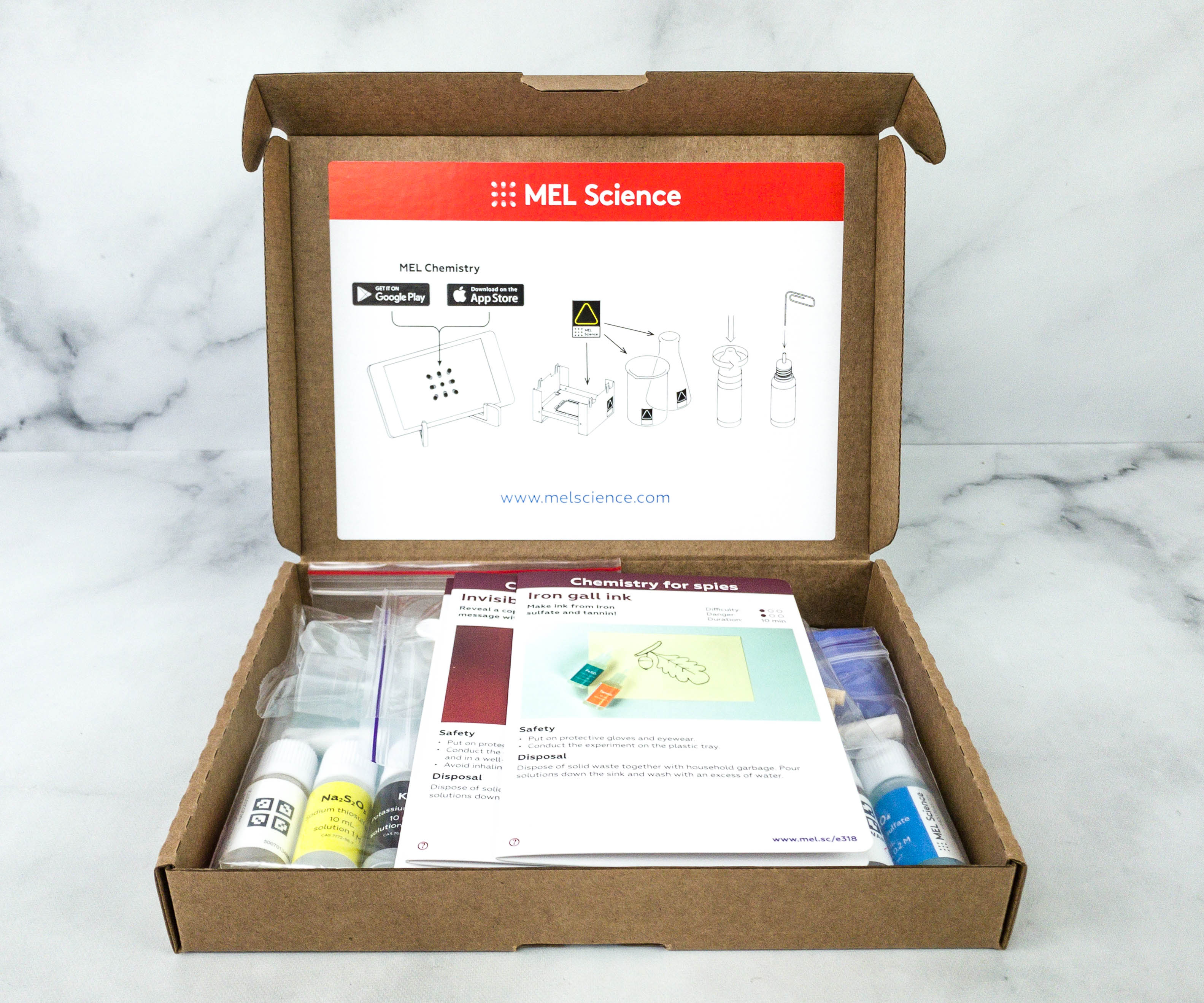
Everything comes very neatly packed in the box!
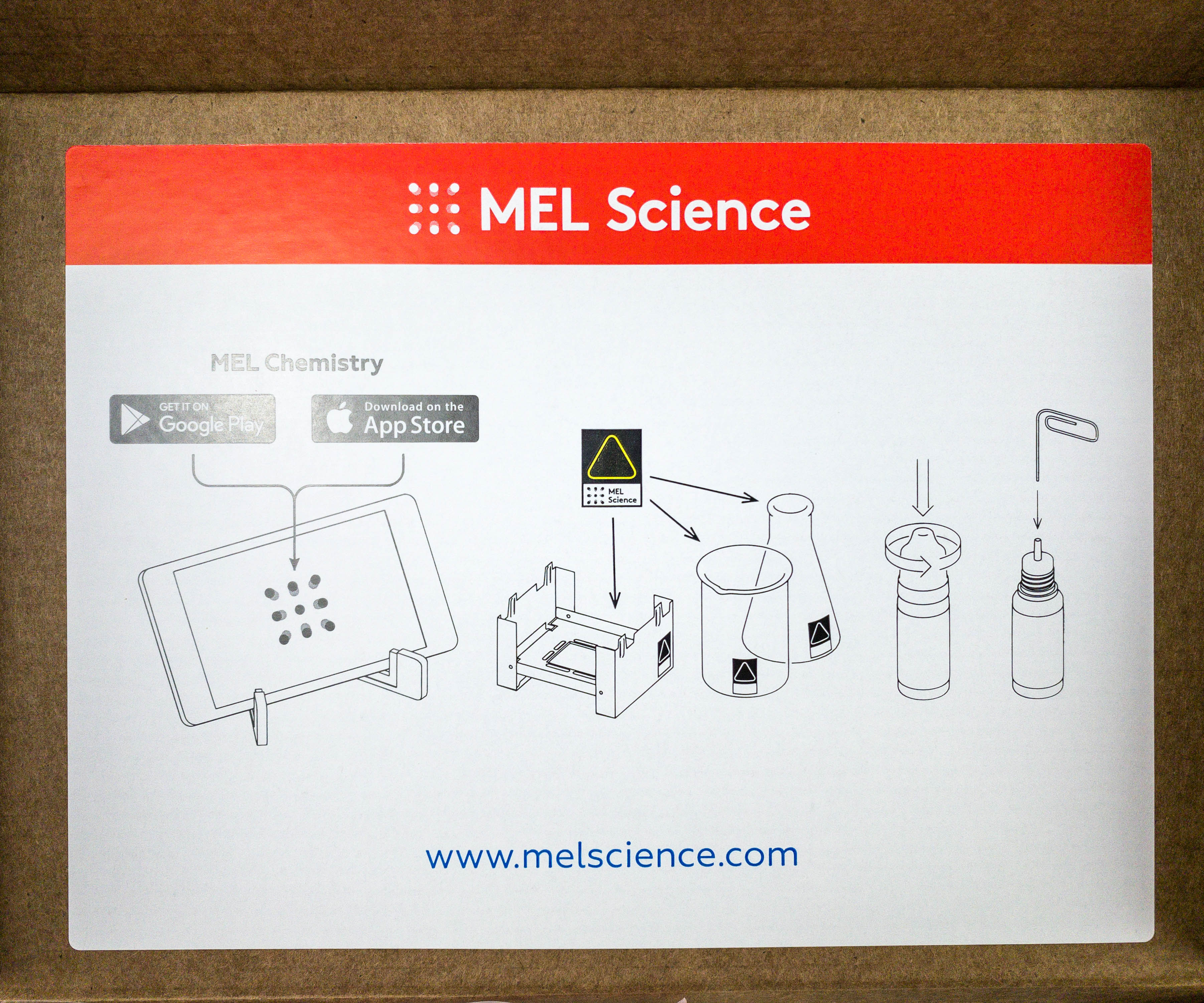
To help manage the experiment, they encourage to install the MEL Chemistry app on a smartphone. It also has an instruction on how to put a hole in the bottle’s nozzle and where the kids can place the MEL stickers.

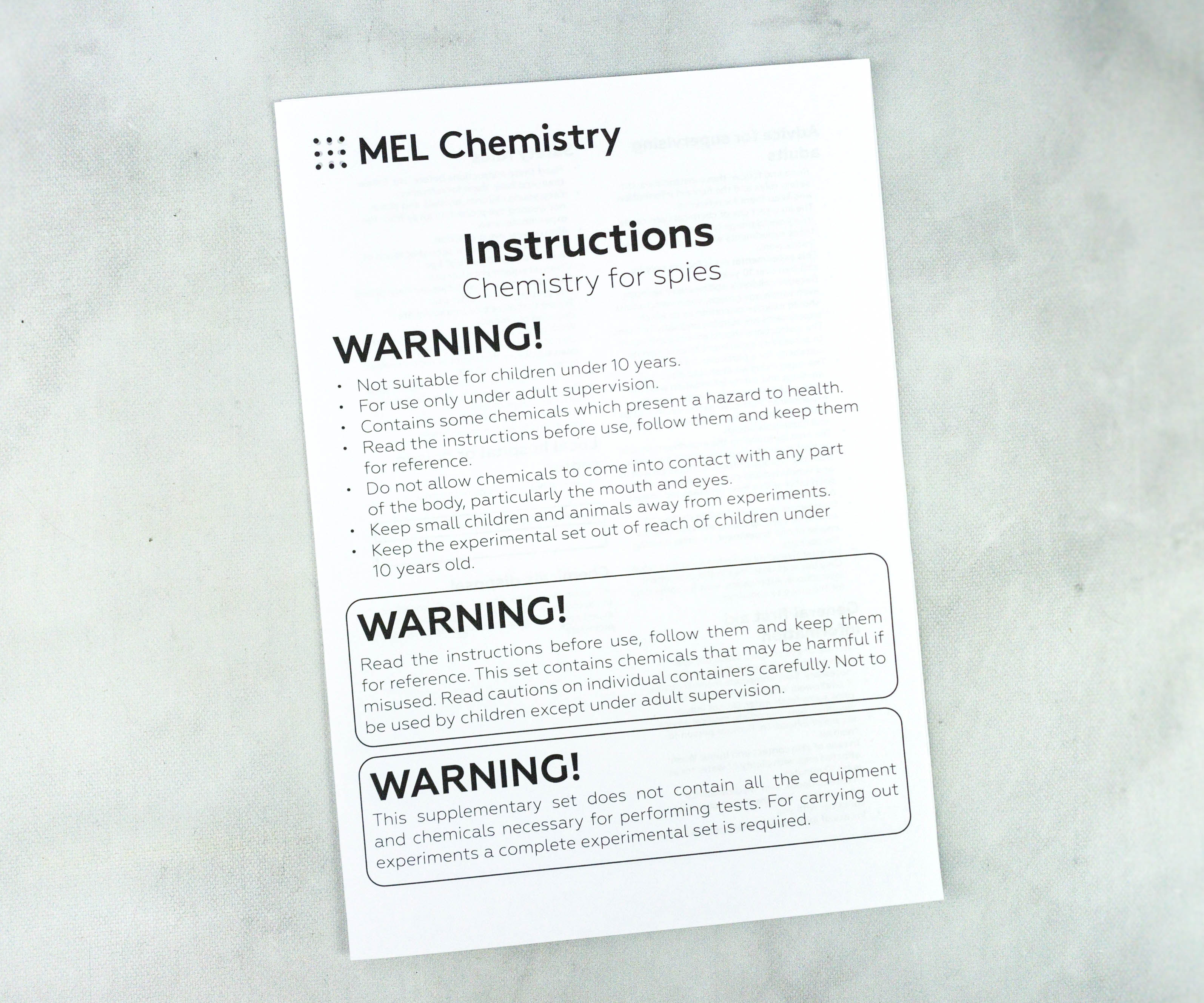
The activity comes with an instruction and information sheet.

This sheet provided us with a few reminders, a list of reagents, and instructions for adults.
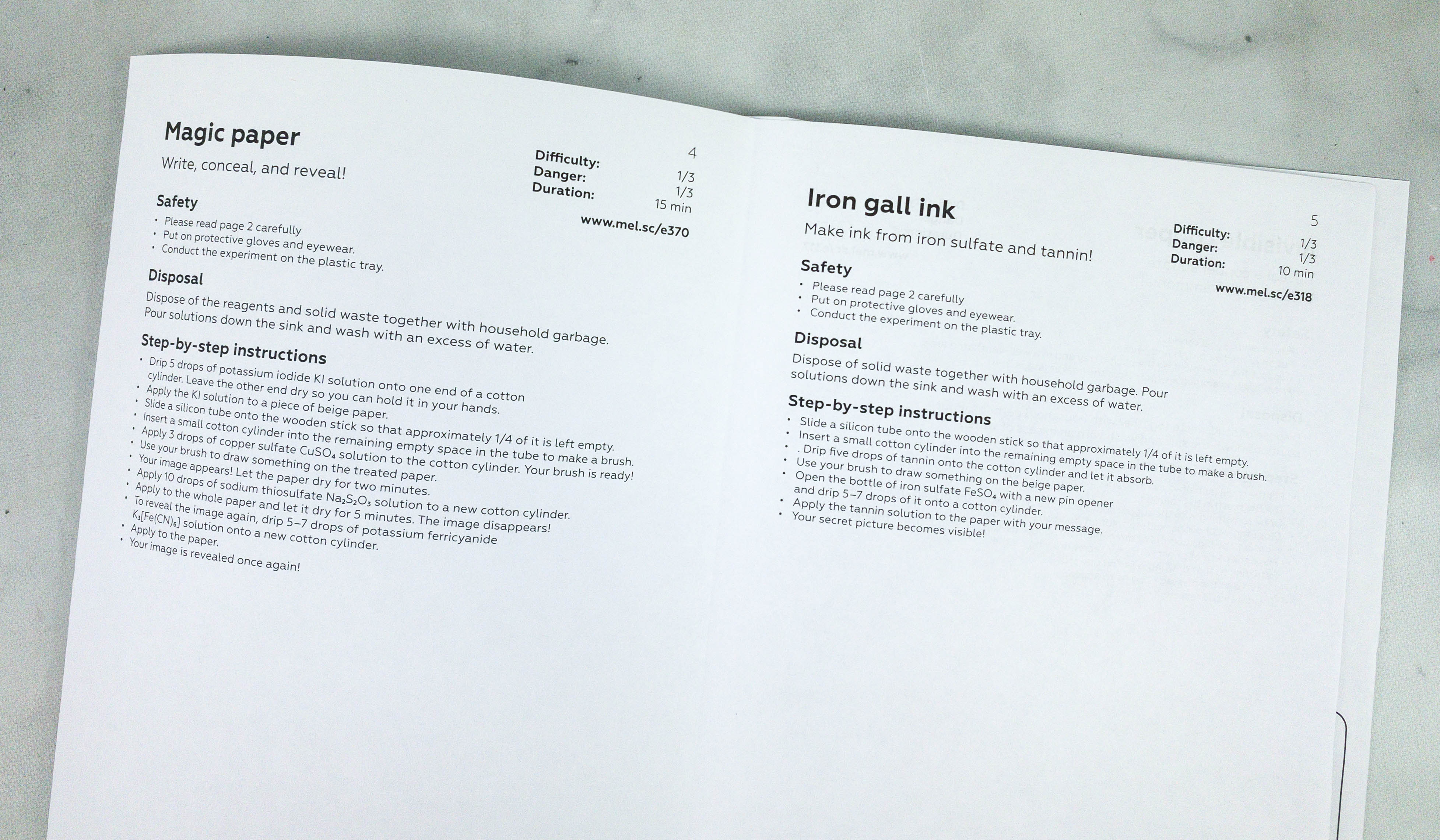
The paper listed the instructions for each activity. It also reminds us how to properly dispose of the waste after every experiment.
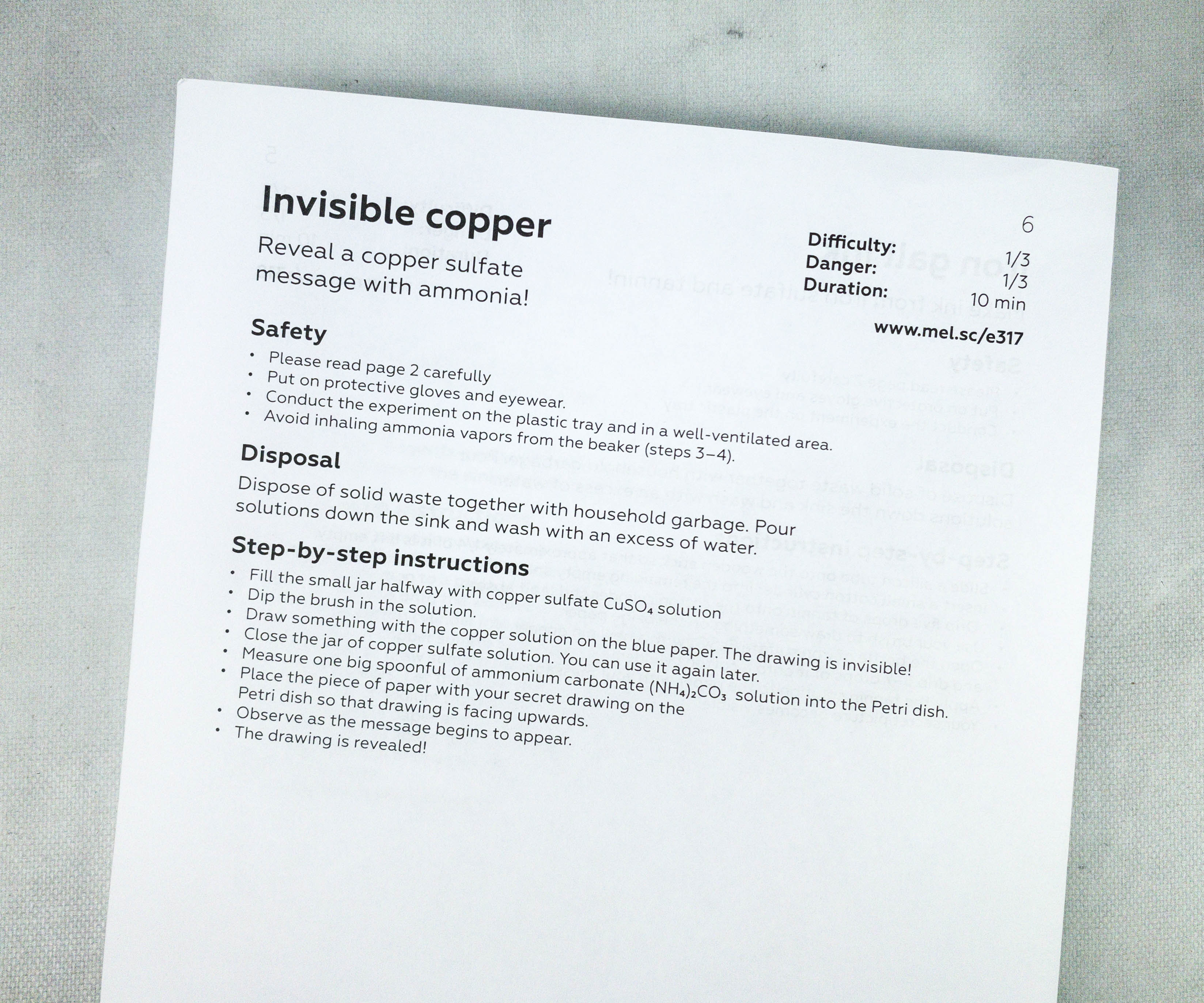
Safety is always a priority when doing experiments! That being said, we don’t usually use this sheet except to find the disposal instructions!
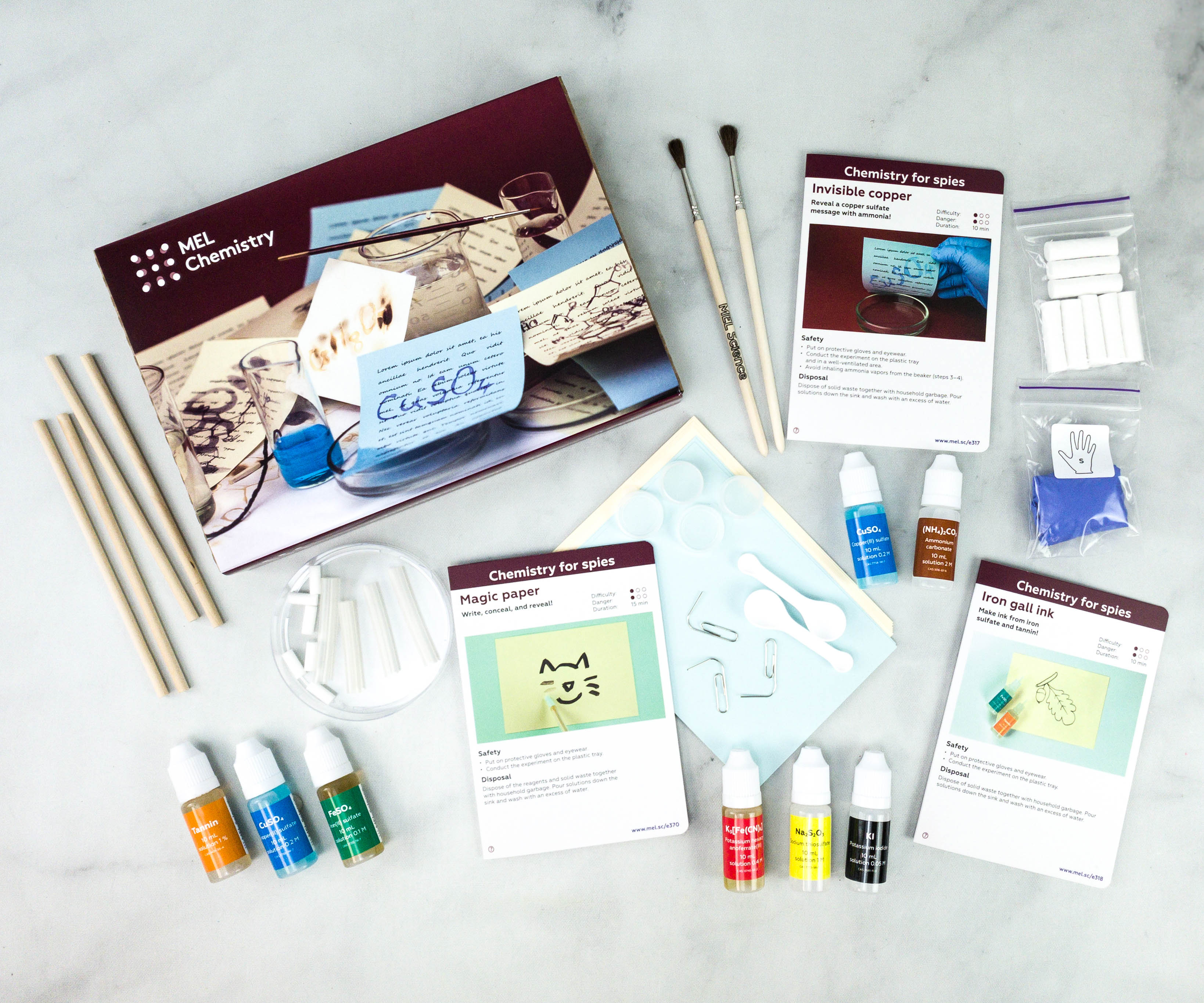
Everything in the box for our three experiments!
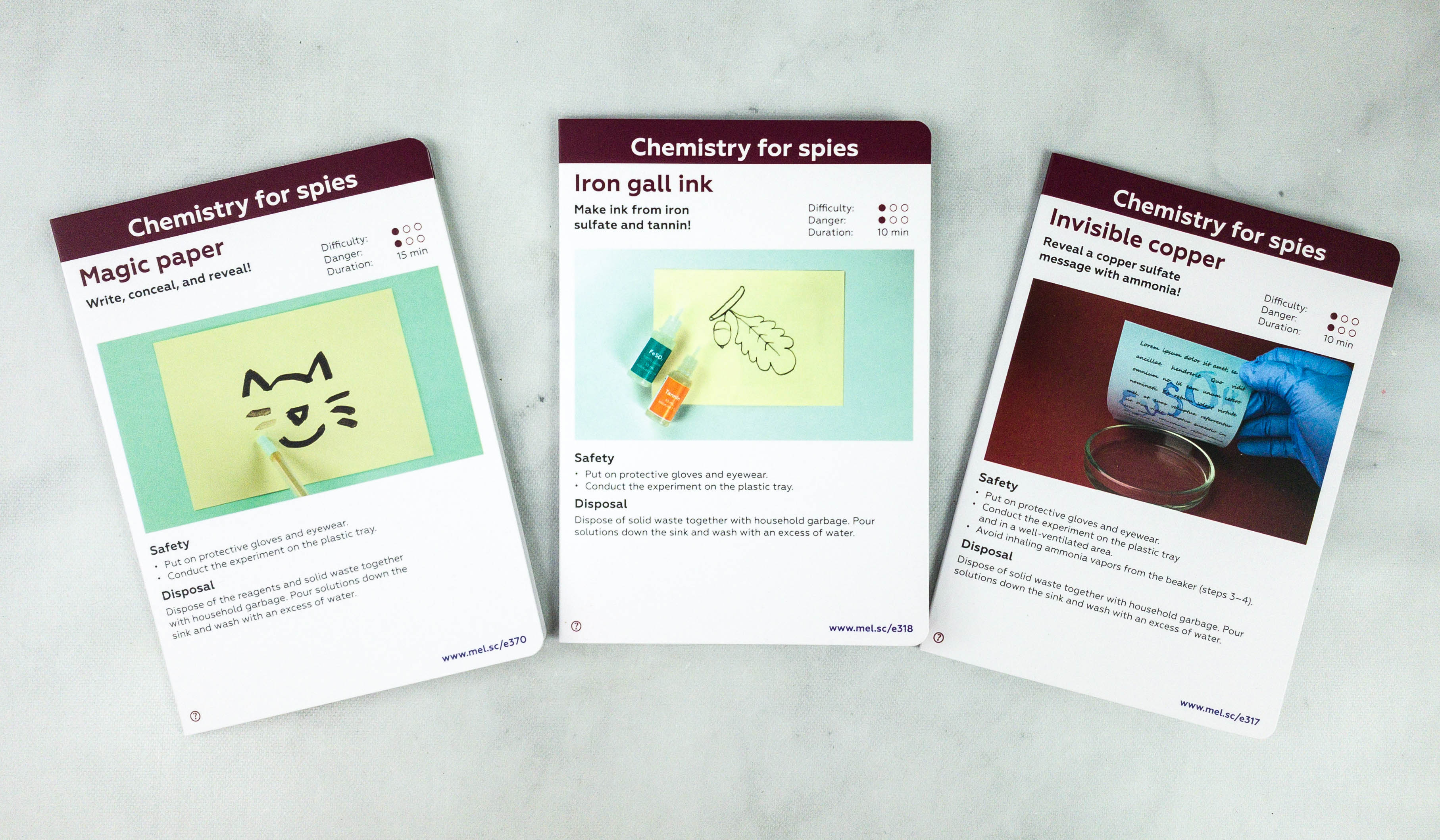
Here are the experiment cards for this box’s activities. The cards show us the level of difficulty, danger, and duration of the activity.
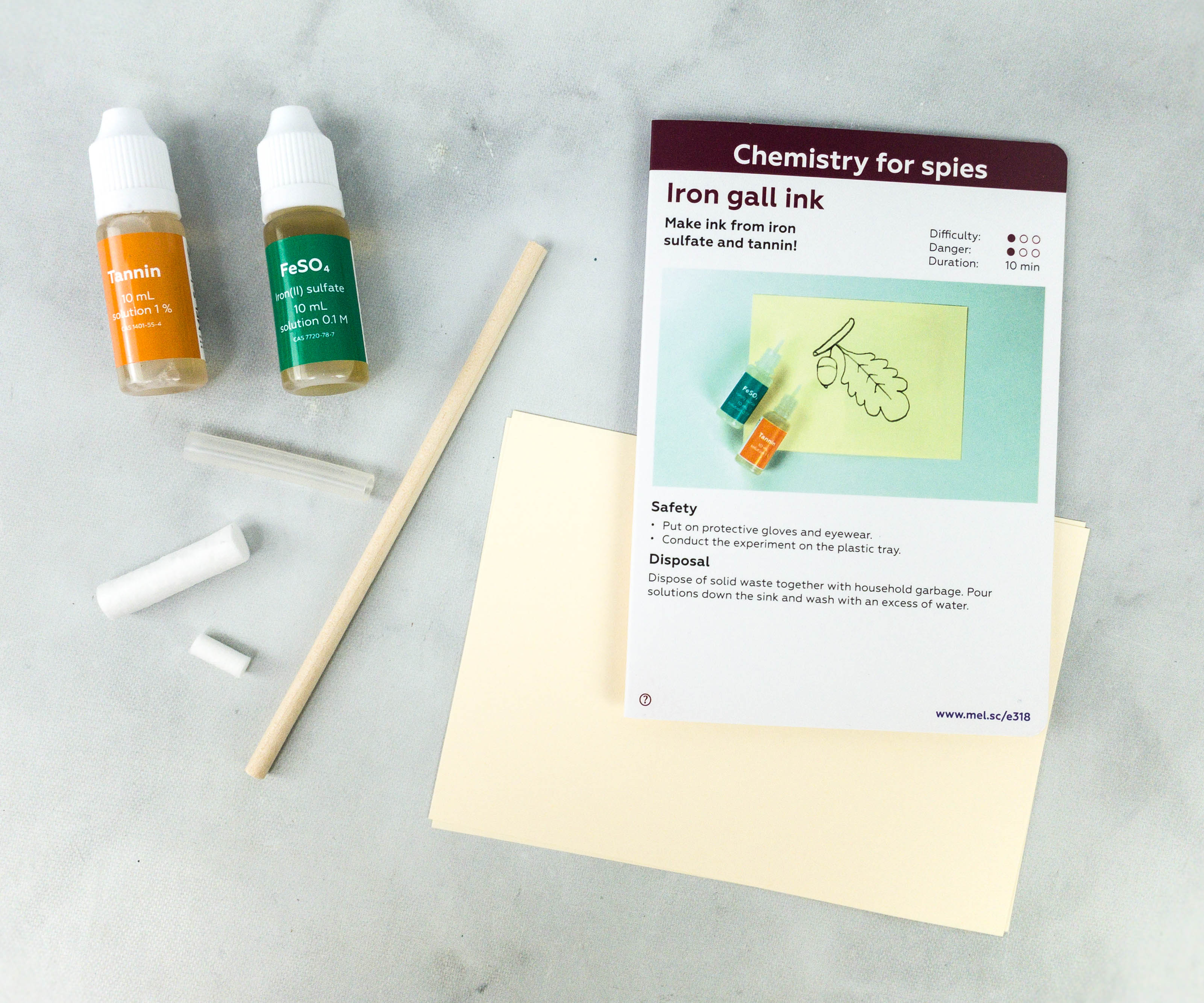
Activity #1: Iron Gall Ink. The first experiment is about making an ink using iron sulfate and tannin.
Here are the materials for the Iron Gall Ink experiment. My daughter used iron sulfate and tannin for the reagents together with a piece of paper, silicone tube, small cotton cylinder, and pen stick.
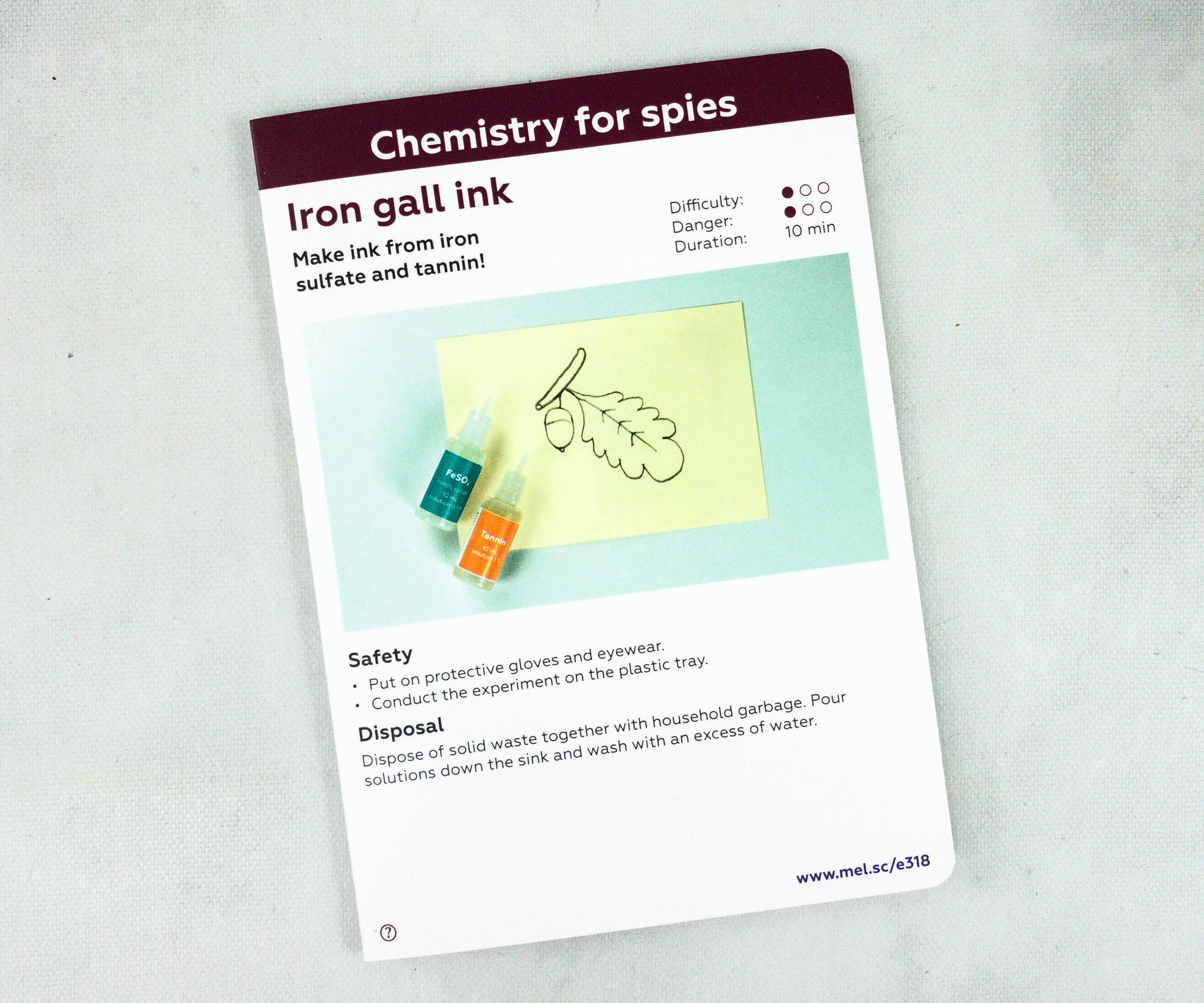
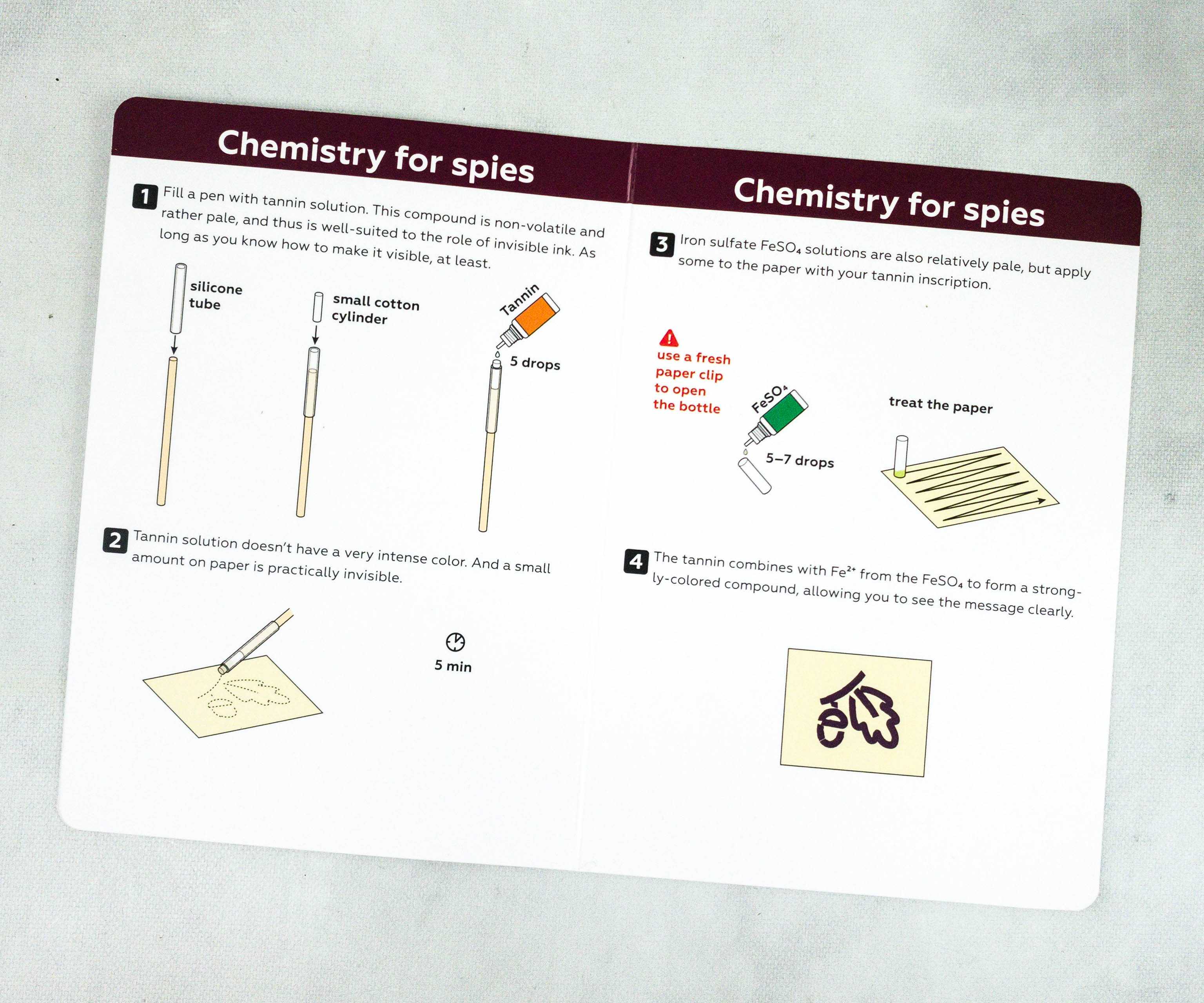
Detailed instructions with illustration are also provided for every step of the process.
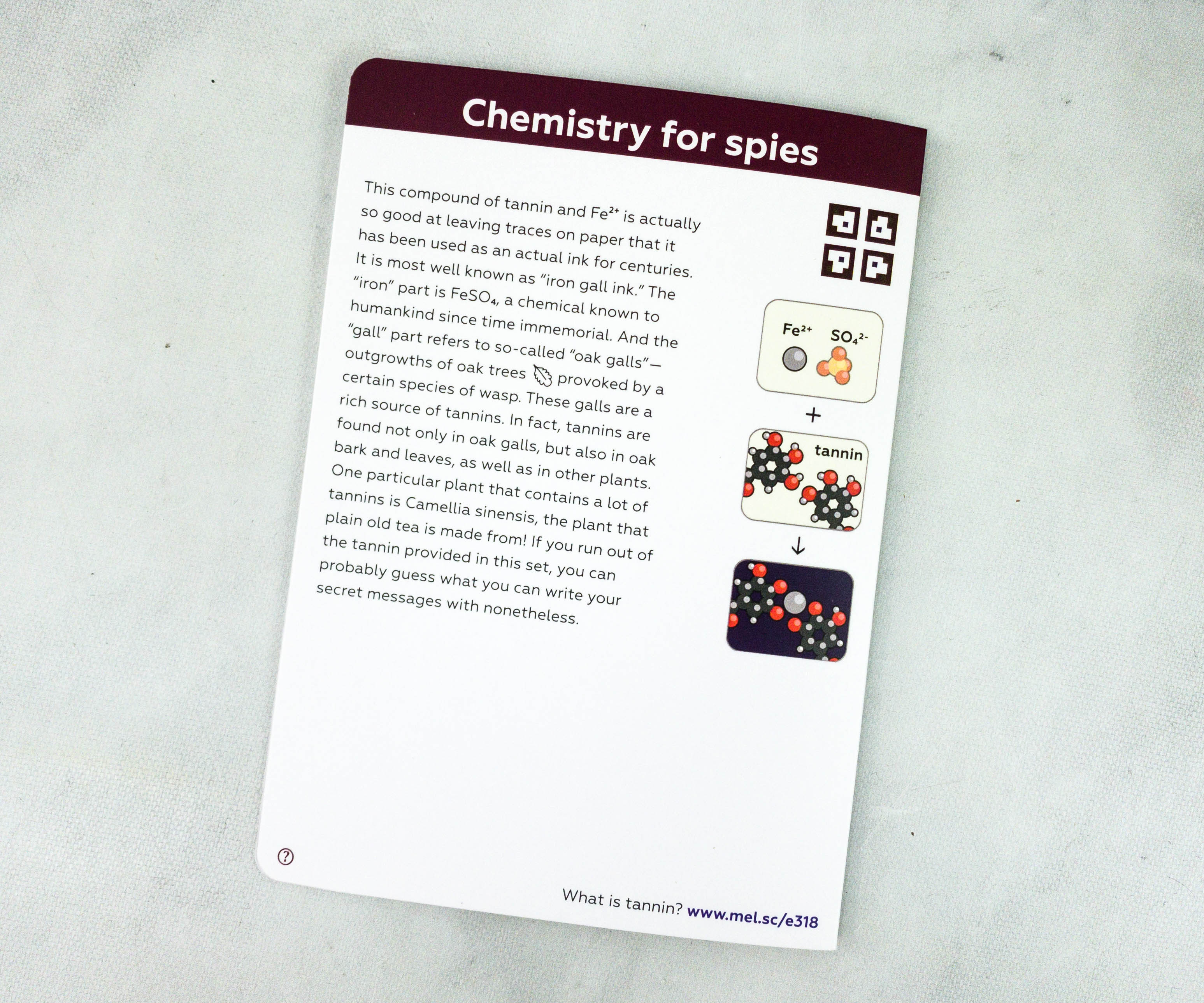
After the instructions, there’s also a brief explanation of how the experiment works!
This compound of tannin and Fe2+ is actually so good at leaving traces on paper that it has been used as an actual ink for centuries. It is most well known as “iron gall ink.” The “iron” part is FeSO4, a chemical known to humankind since time immemorial. And the “gall” part refers to so-called “oak galls”—outgrowths of oak trees
provoked by a certain species of wasp. These galls are a rich source of tannins. In fact, tannins are found not only in oak galls, but also in oak bark and leaves, as well as in other plants. One particular plant that contains a lot of tannins is Camellia sinensis, the plant that plain old tea is made from! If you run out of the tannin provided in this set, you can probably guess how to develop your secret messages nonetheless.
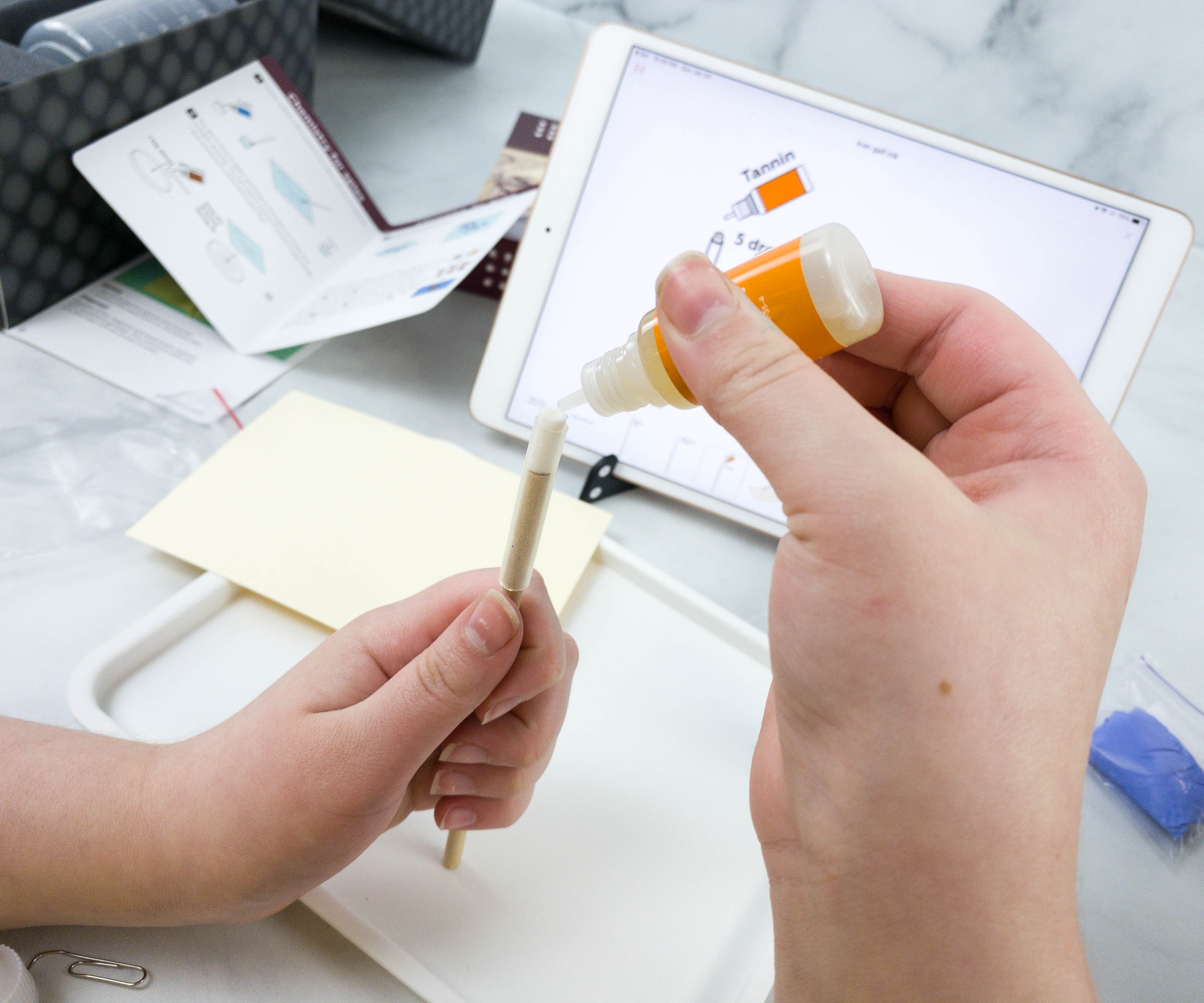
She applied 5 drops of tannin solution to the edge of the customized pen.
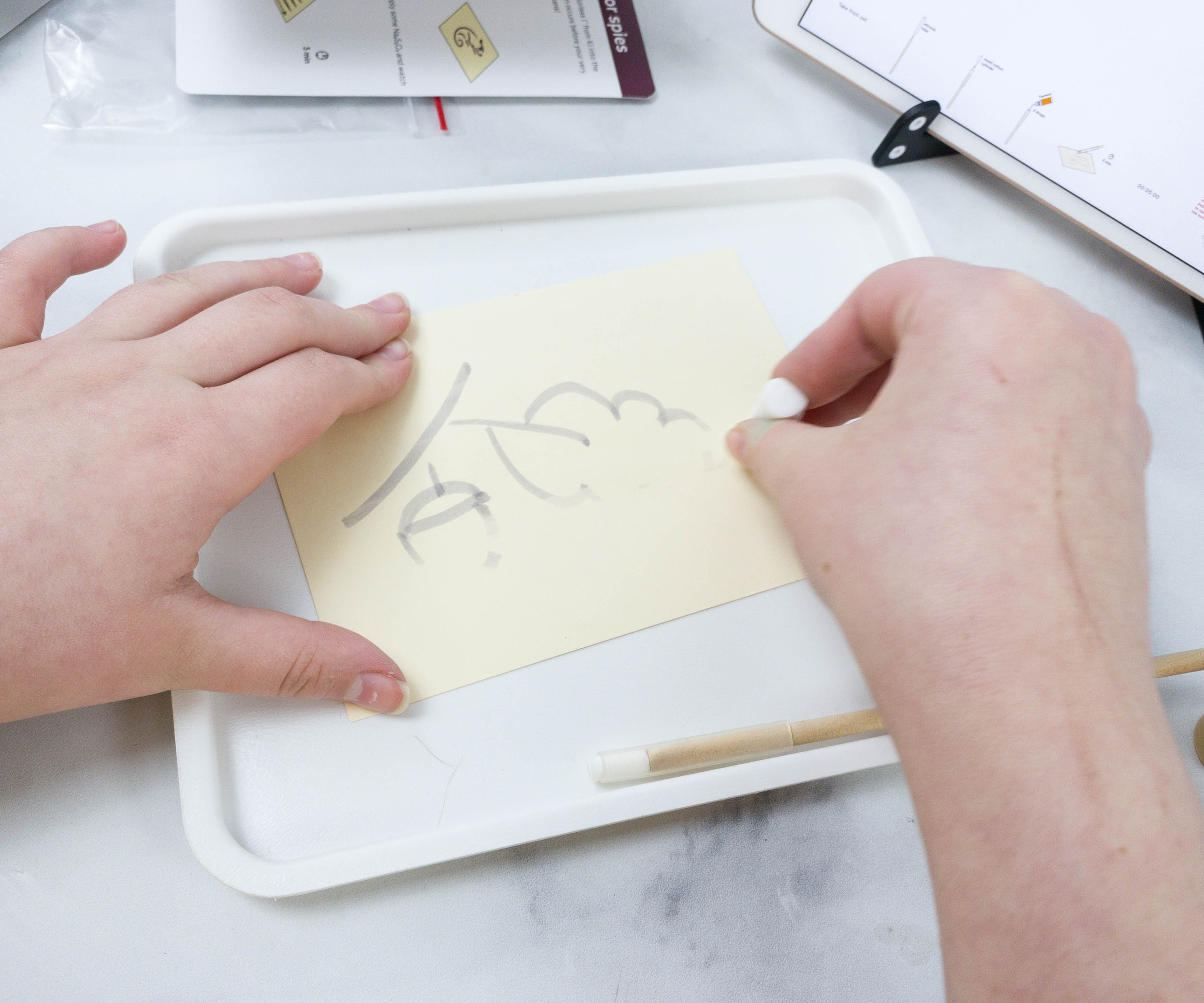
Tannin does not really have an intense color to be noticed easily. With the help of iron sulfate, it produces a clear and visible look when it reacts to the tannin solution.
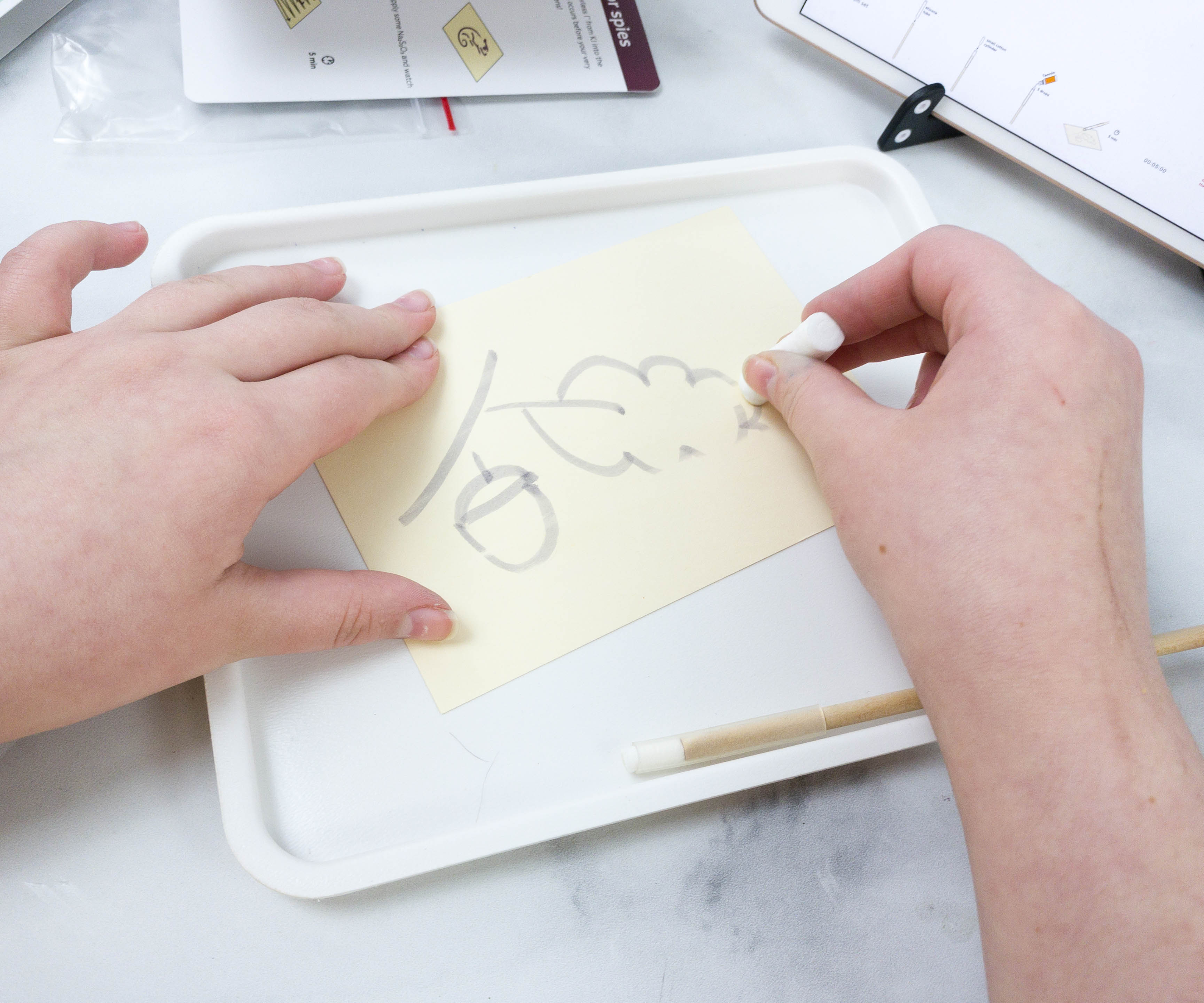
The compound of tannin and iron sulfate has been used as ink for centuries because of their capability of leaving traces on papers and they are more popularly known as “Iron Gall Ink”.

Activity #2: Invisible Copper. The last project is another hide and reveal activity. This time, it uses copper sulfate and ammonia for another spy-like form of messaging.
The activity materials of ammonium carbonate, copper sulfate, 2 brushes, 4 small plastic cups, petri dish, and a piece of paper.

The activity also included more materials: a pair of gloves, paper clips, and plastic spoons to help in handling the reagents.
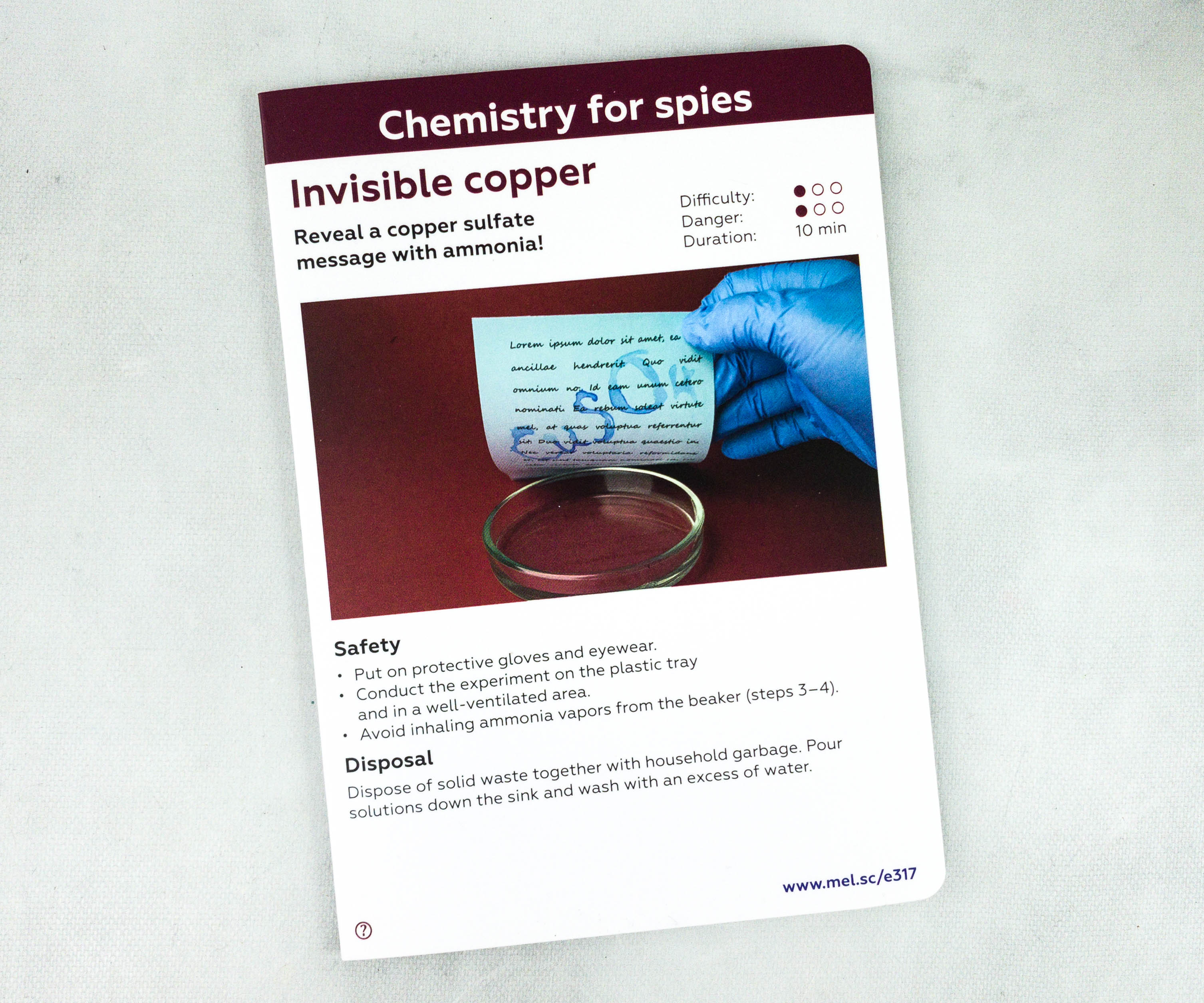
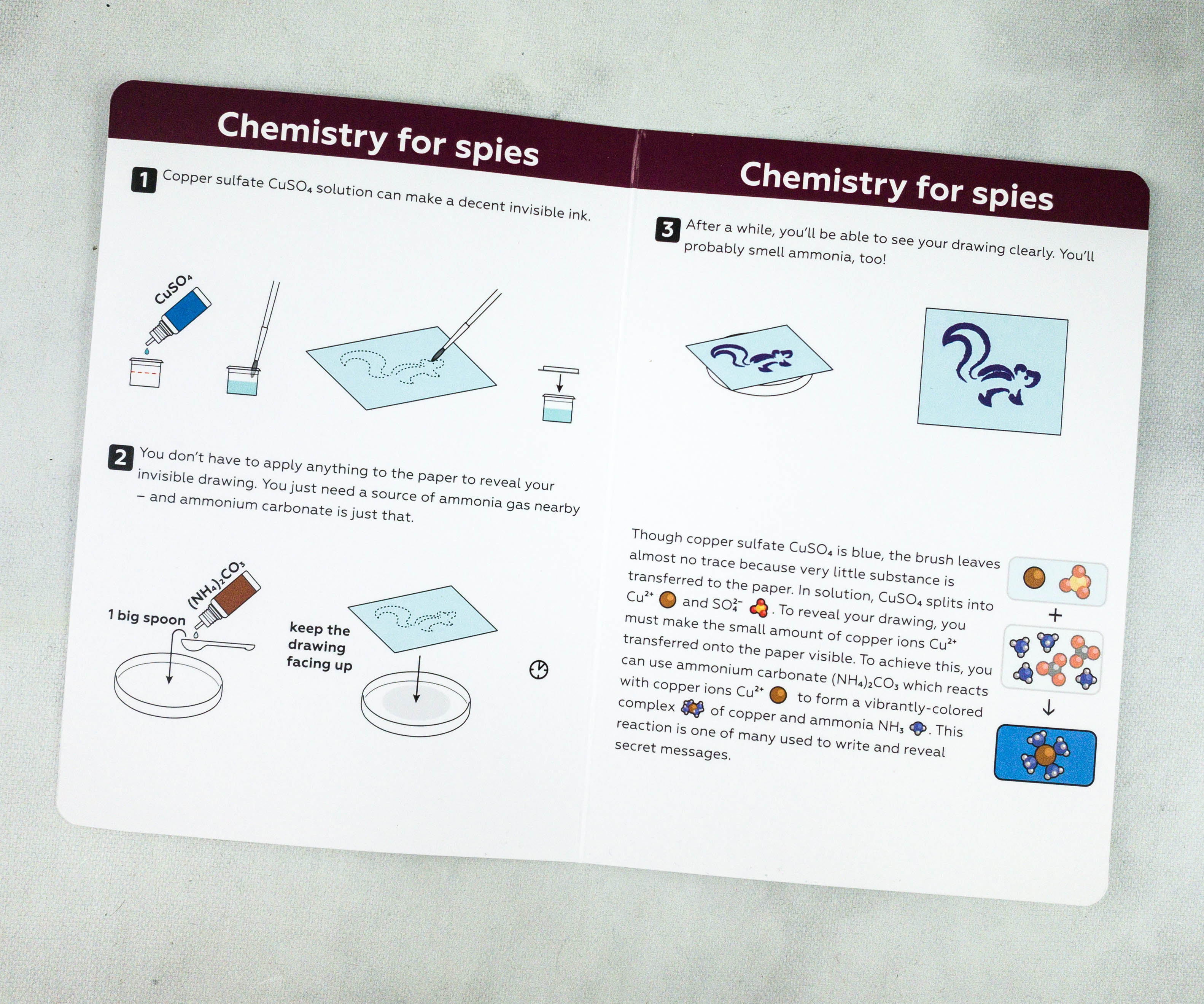
As always, instructions with illustrations are available for this experiment.
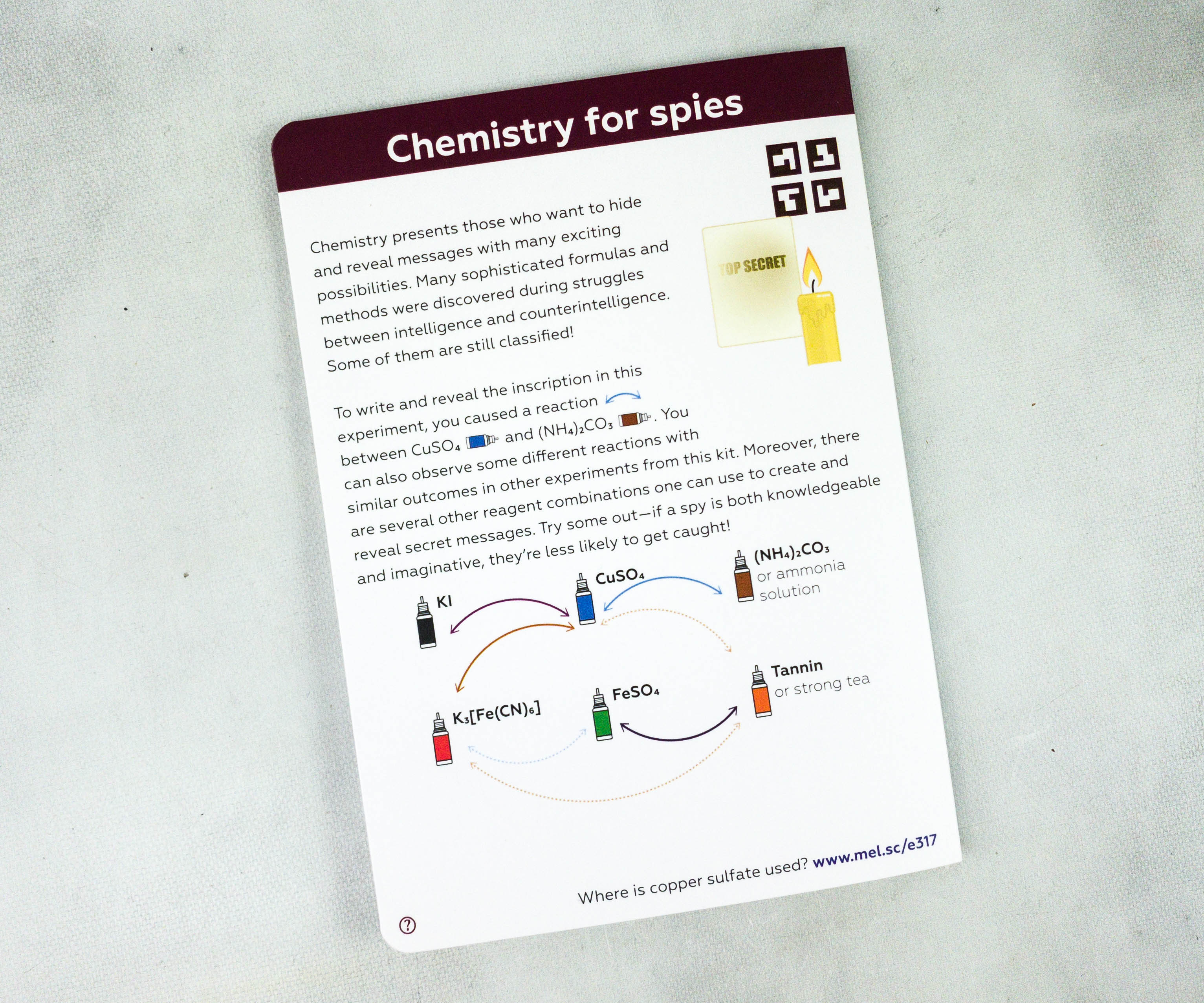
After the instructions, an explanation about the experiment is also available at the back of the card.
When the ammonia NH3 gas reaches the paper, it reacts with Cu2+. This forms what’s known as a copper-ammonia complex, and its color is intense enough to make your message clearly visible.
One side effect you may have noticed: NH3 gas has quite a pungent odor, and even a small amount of it in the air is easily noticeable. If you’re afraid that somebody might “sniff out” your espionage, you can apply some less smelly chemicals to your message to the same effect.

My daughter carefully transferred some parts of the copper sulfate to the small plastic cup.

Using a brush, the reagent is applied to the piece of paper.
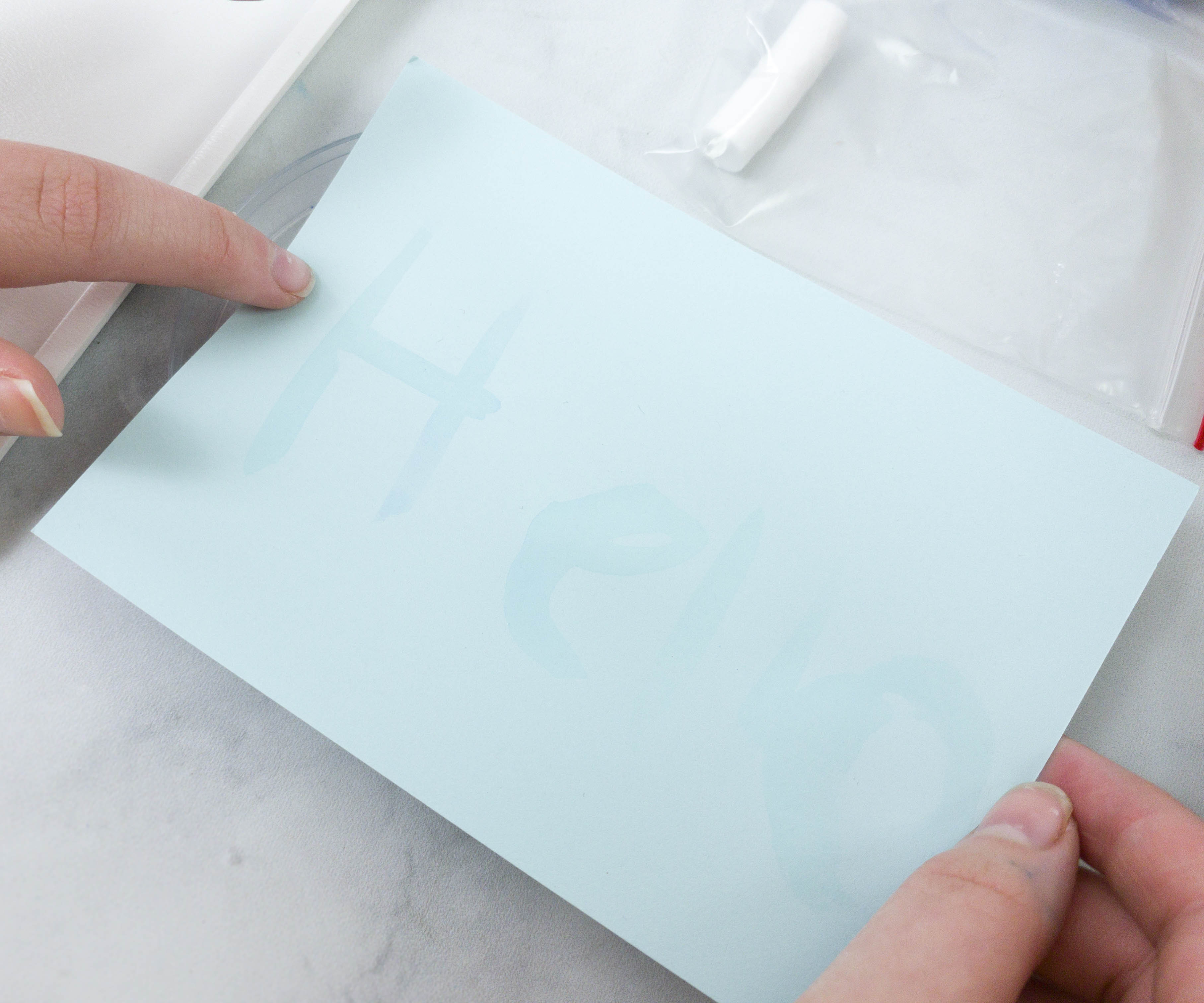
After applying the invisible ink, you can now try revealing the hidden message using a source of gas ammonia!
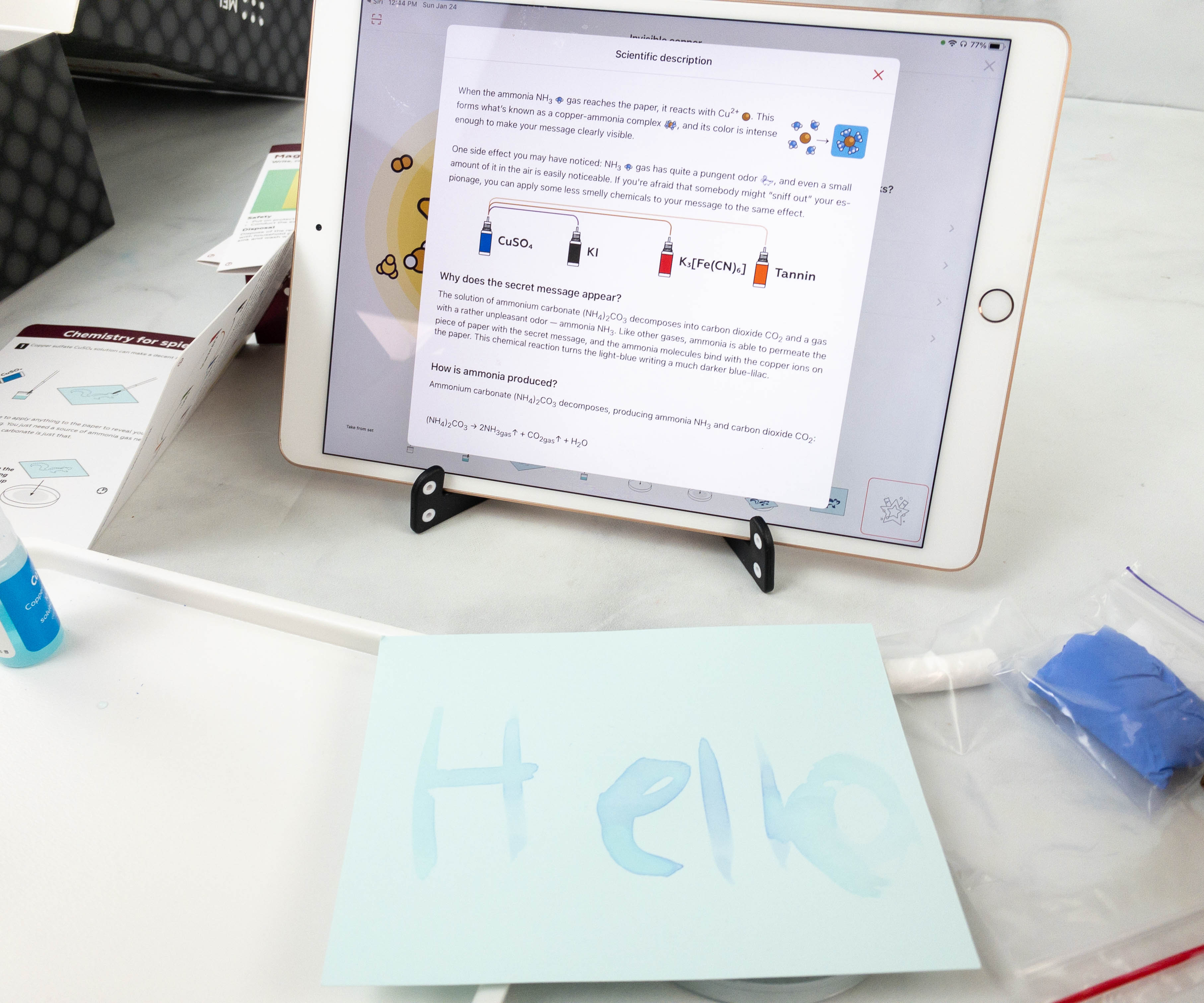
It’s really helpful to install the MEL Chemistry app on a smartphone or tablet to guide kids with all the experiments included in every box. And yes, this one SMELLED! Oooh boy stinky!
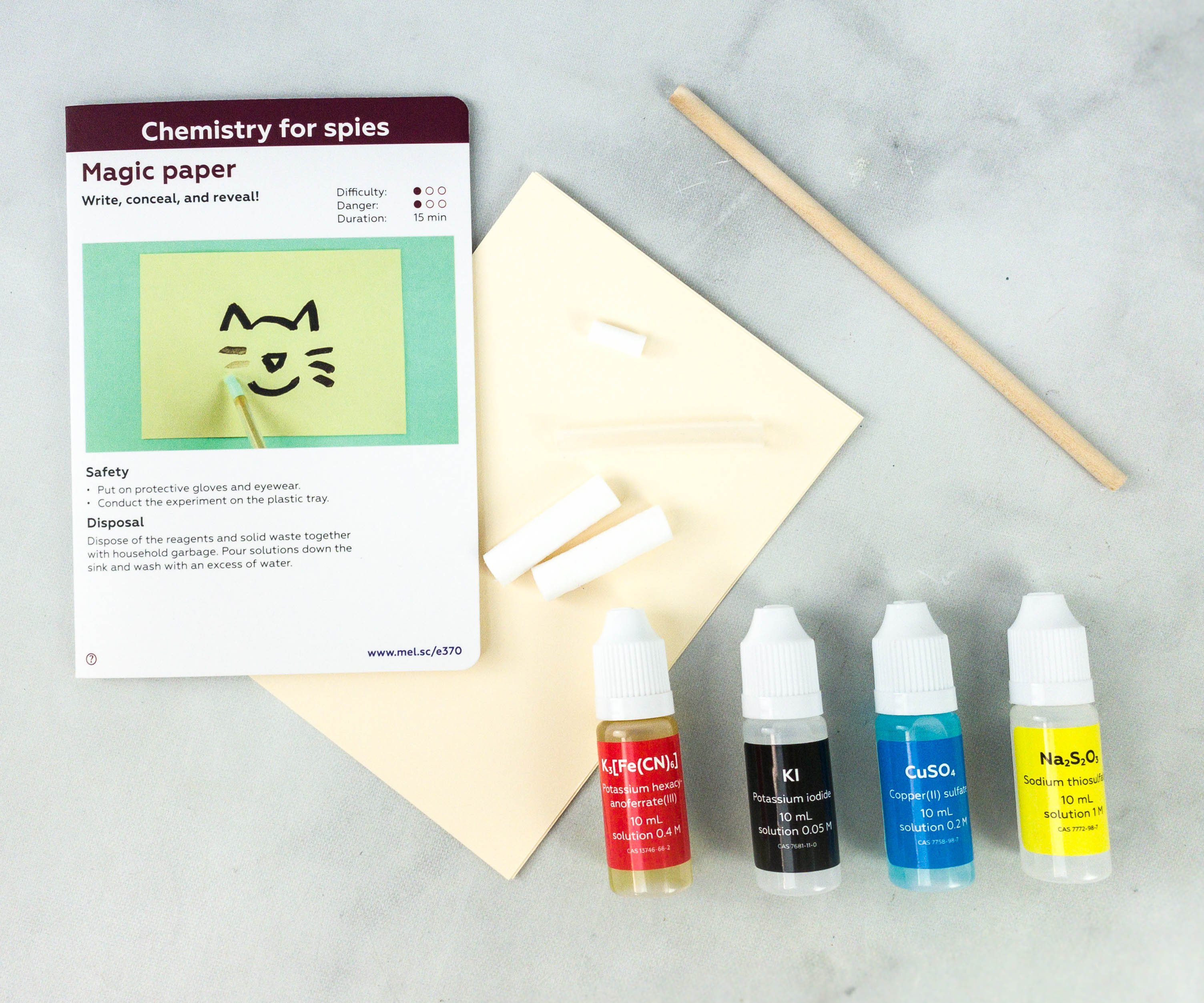
Activity #3: Magic Paper. The first experiment is about magic paper. In this activity, the kids had fun writing and revealing secret messages with the use of reagents.
For this experiment, my kids used potassium iodide, copper sulfate, sodium thiosulfate, potassium hexacyanoferrate III, silicone tube, small cotton cylinder, and a sheet of paper.
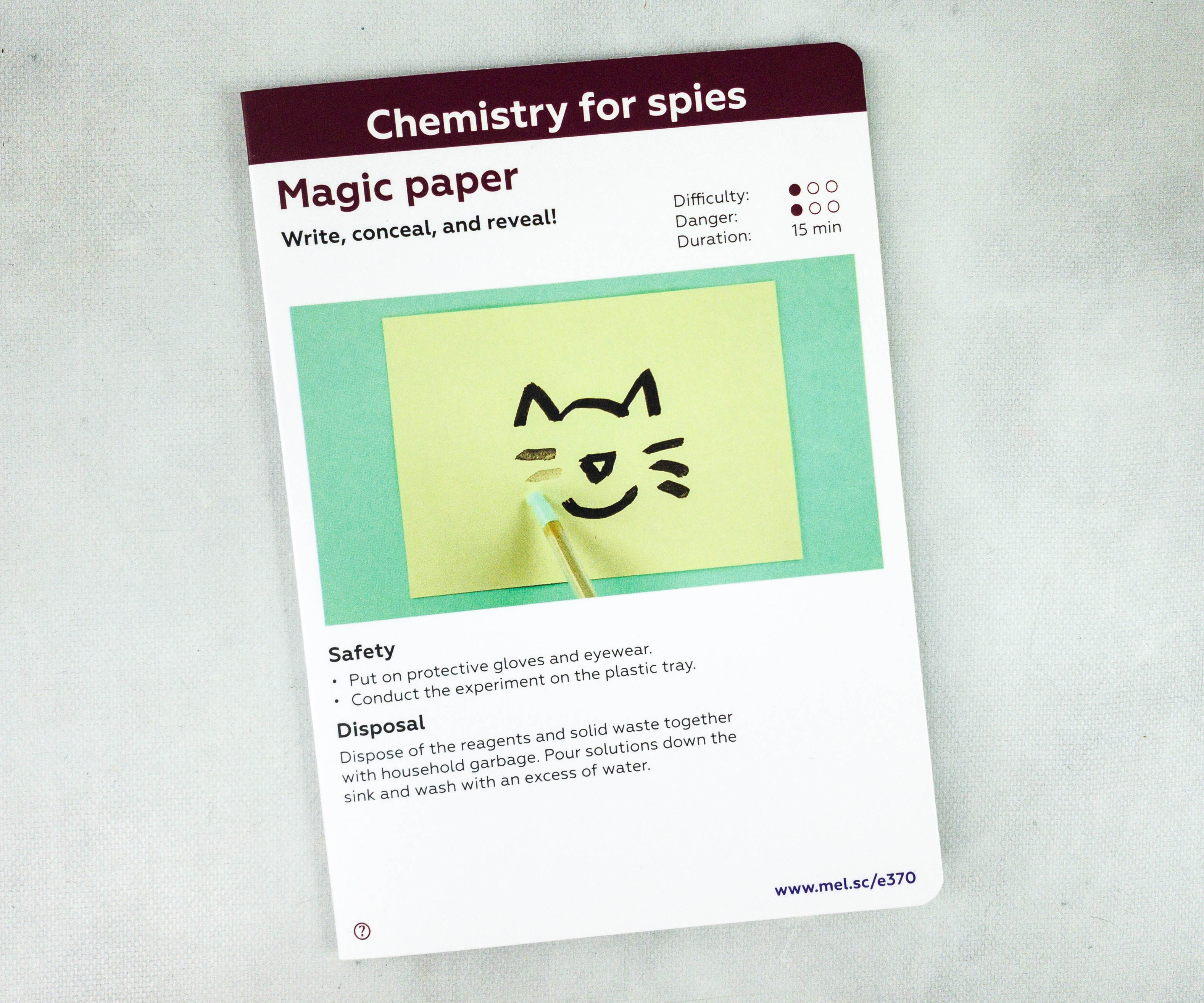
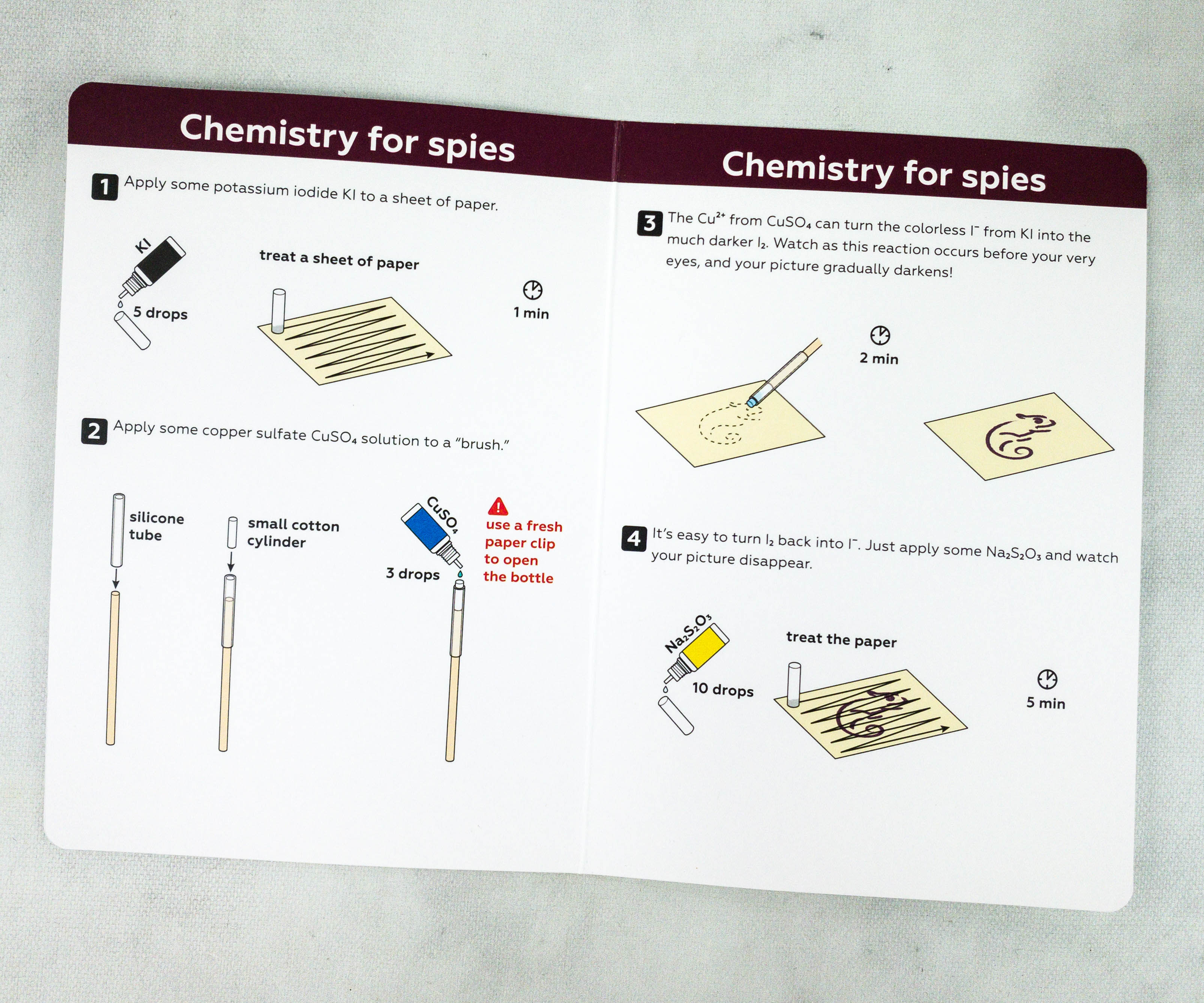
The complete and illustrated instructions can be found inside the cards. Even the images are labeled so kids can easily follow them.
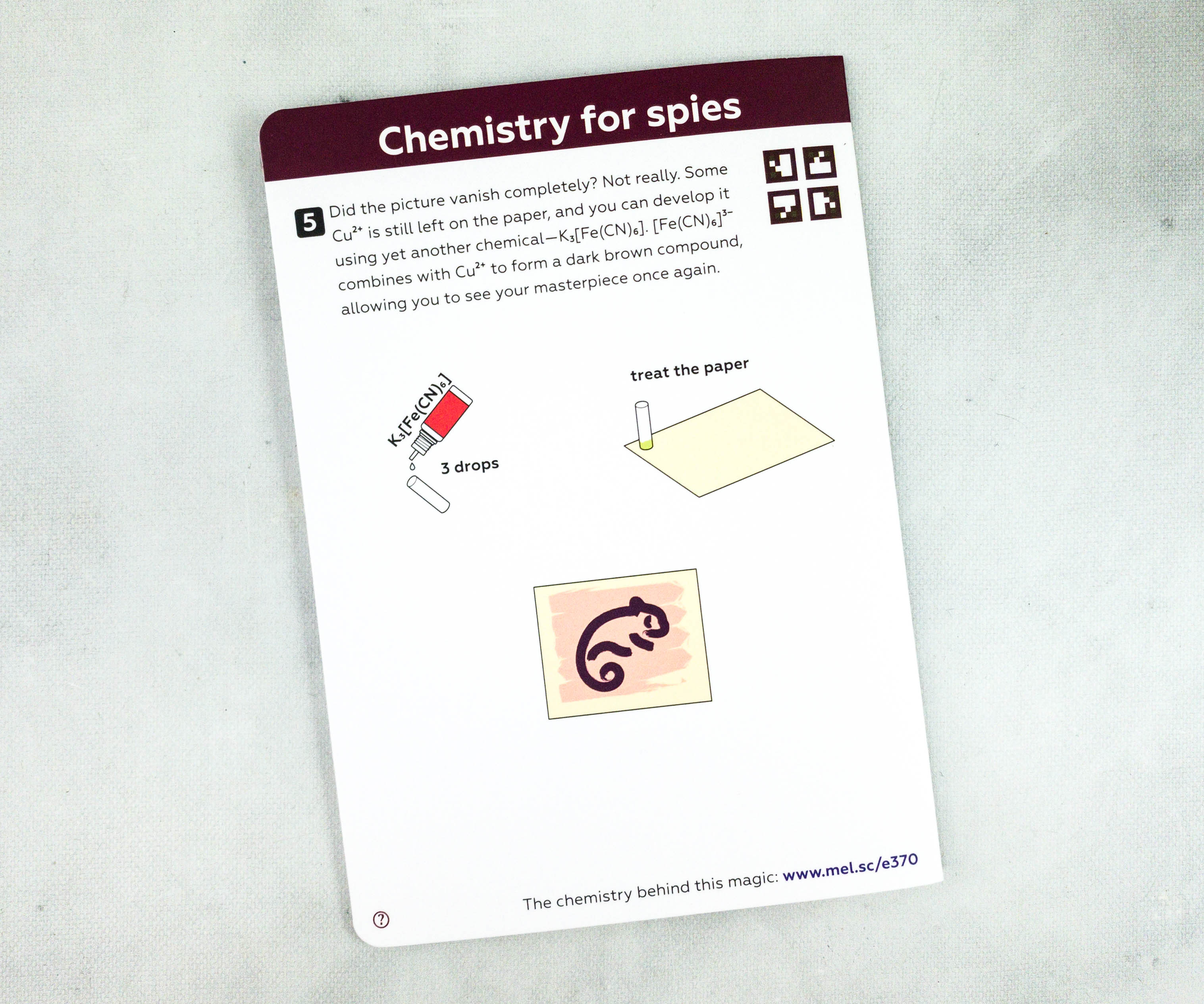
The chemistry behind it is explained on their website!
The copper(II) sulfate CuSO4 from the marker reacts with potassium iodide KI, producing copper(I) iodide CuI and iodine I2:
2CuSO4 + 4KI → 2CuI + 2K2SO4 + I2
This is an oxidation-reduction reaction – the copper ion from CuSO4 takes an electron from the iodide ion in KI:
Cu+2 + e → Cu+1
I−1 – e → I0
The copper ion Cu+2 is an oxidizer, while the iodide ion I−1 is a reducing agent. After the electron transfer, they form copper(I) and iodine (0), respectively. Two of the latter can combine to form a molecule of iodine I2. Iodine is quite vividly colored, so the message becomes brownish-purple and, as a result, visible.

This is the design that my daughter decided to put on the piece of paper.
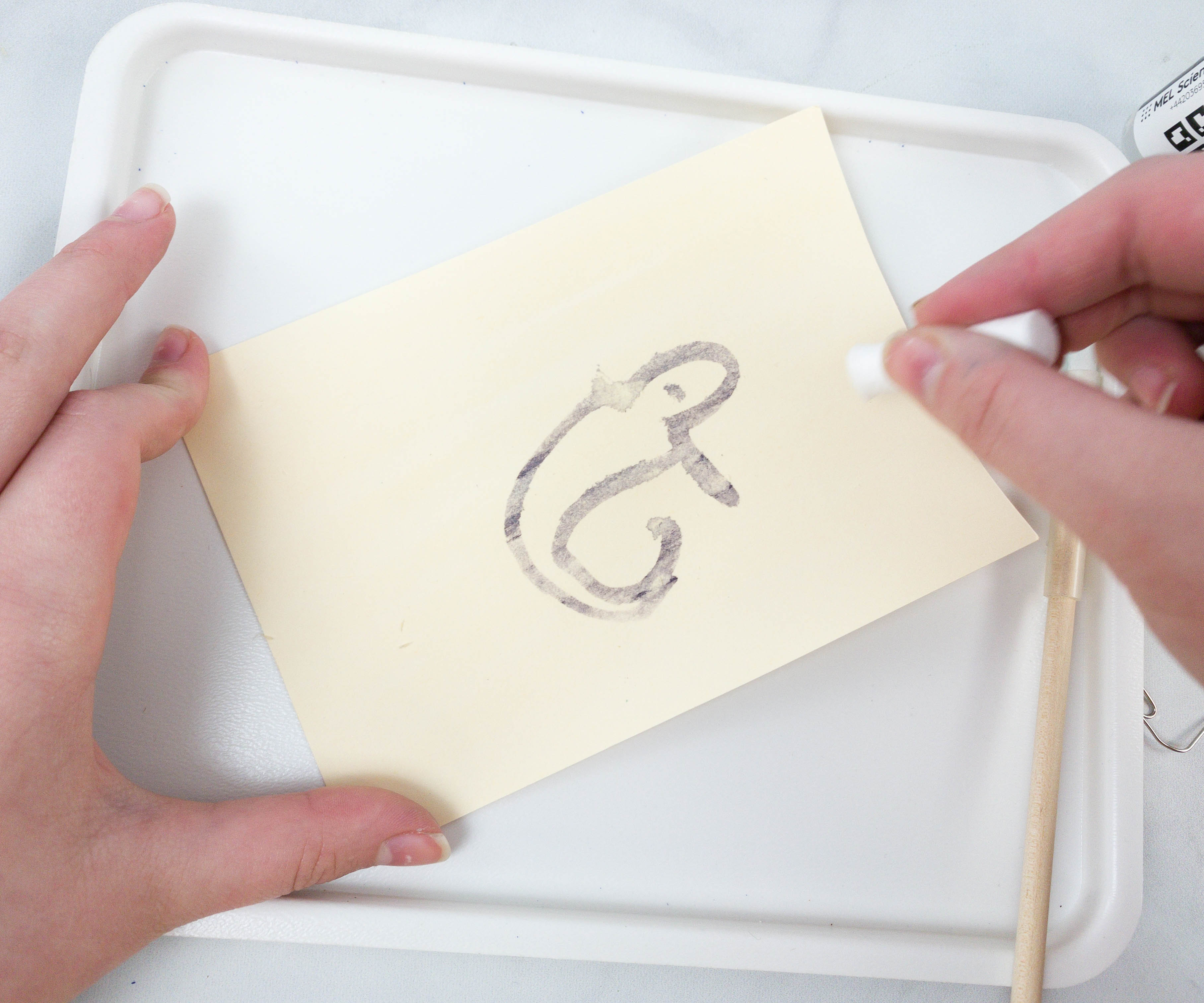
Using the cotton, she applied potassium iodide to conceal the image.
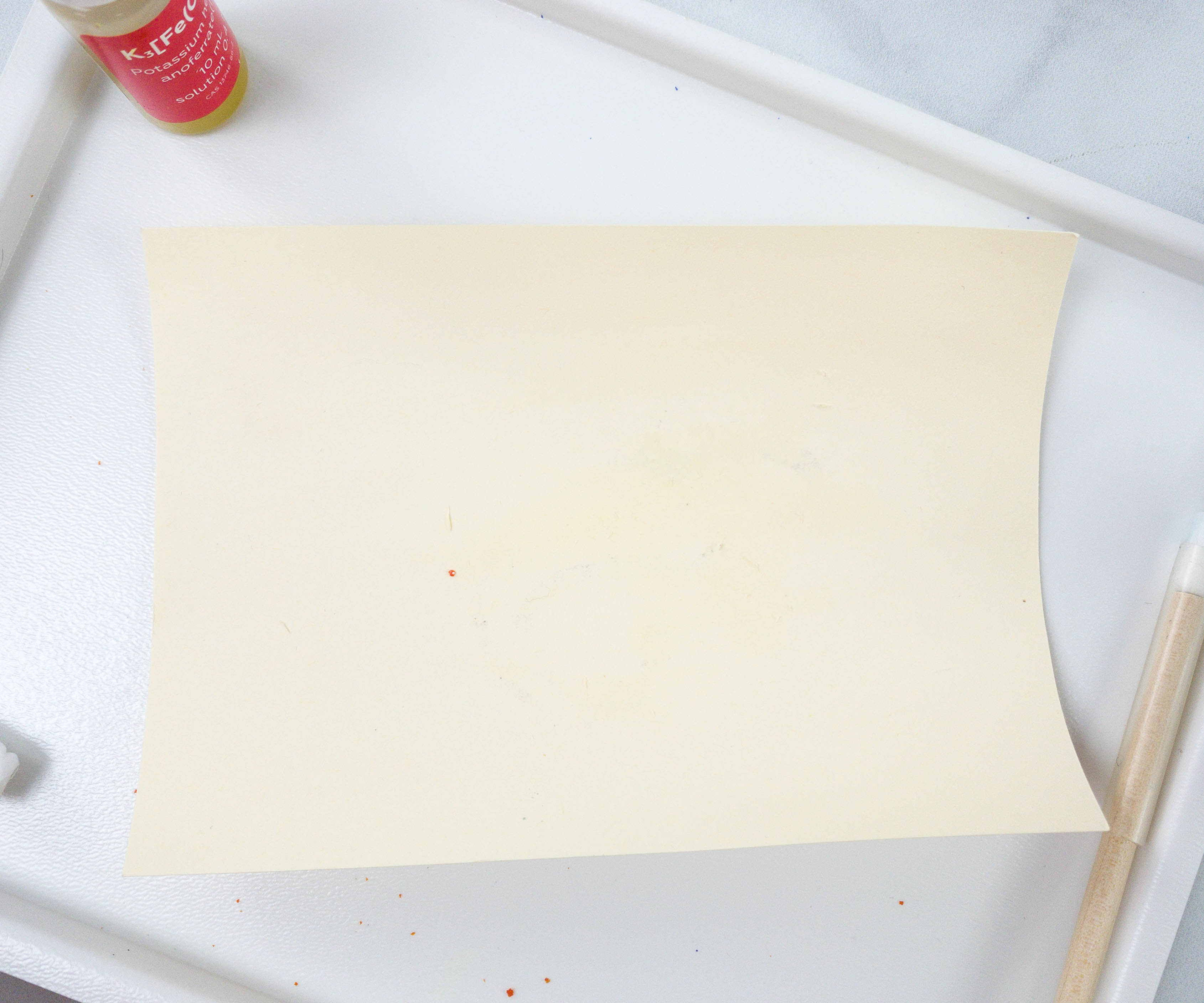
The paper looks clean and no one will really notice that there’s something written on it!
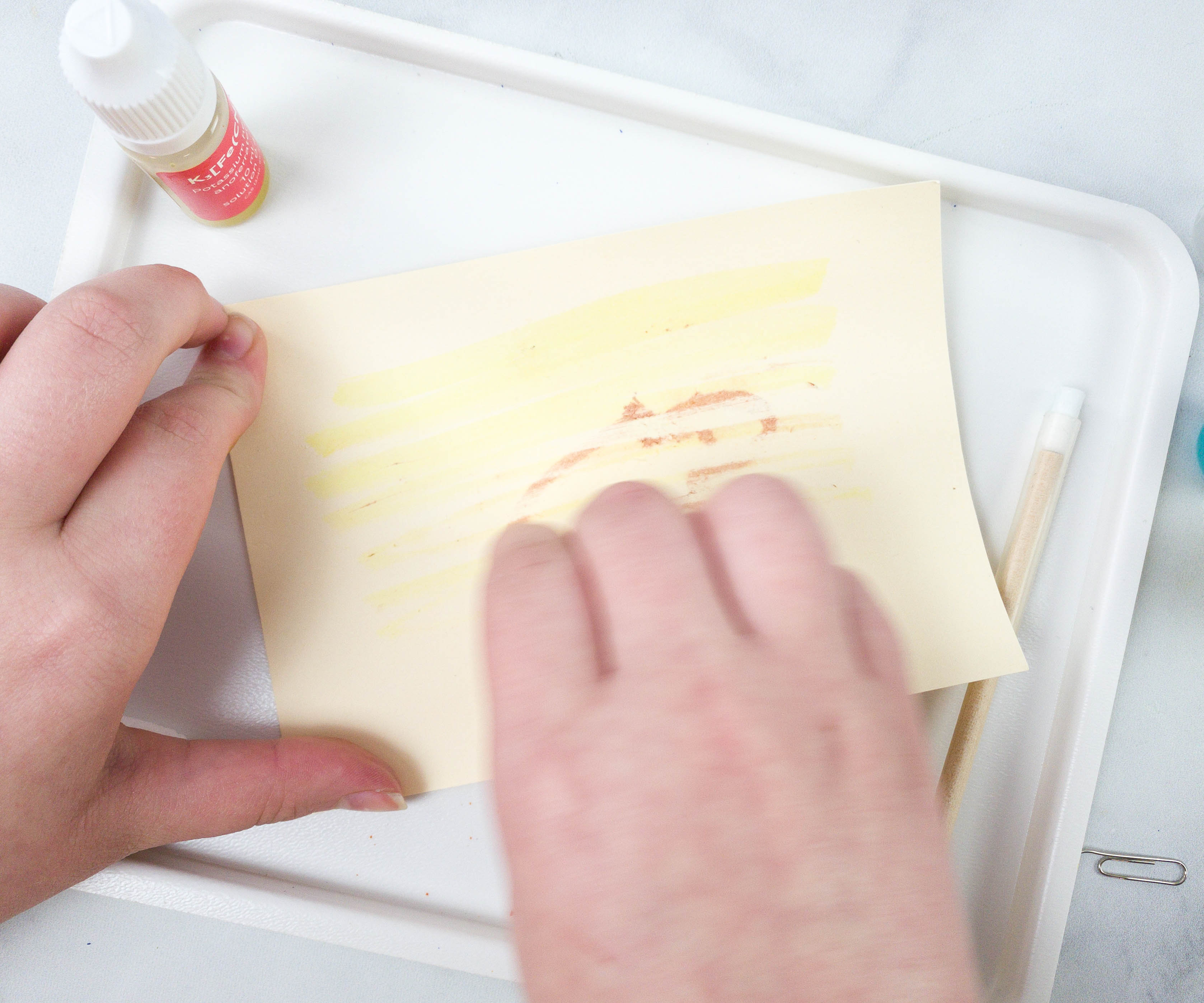
Copper sulfate is then applied to reveal the hidden image.
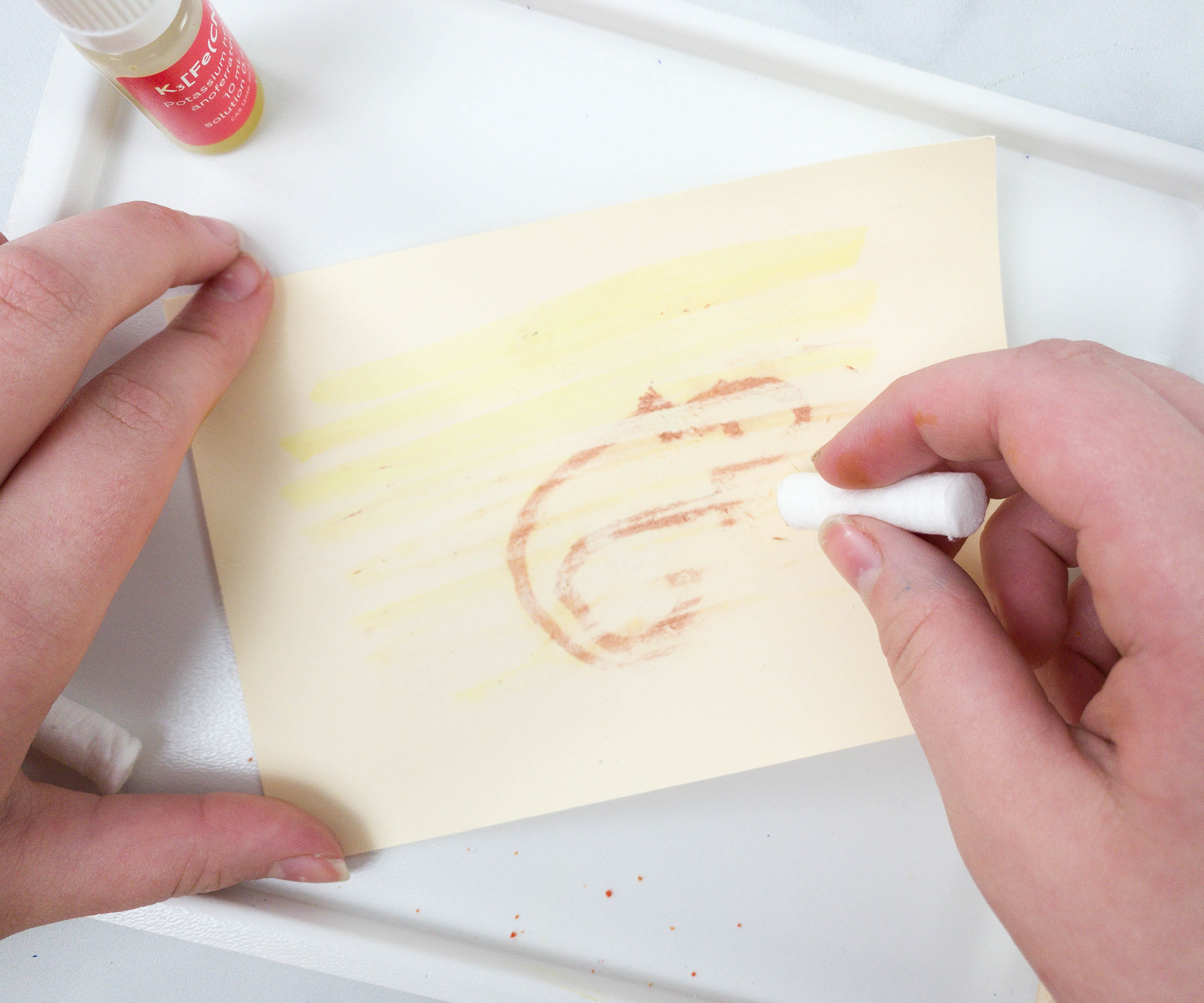
It’s important to cover everything with the reagent to view everything that was hidden. This was SUPER cool because you can hide it and show it again! What a way to finish out this set of experiments!
The spy-themed experiments from MEL Chemistry are amazing! The daughter loved them and she enjoyed every step of each activity, most especially writing hidden messages. The box already provides the main materials so she only needed a few basic things from home, and that’s really convenient. The instructions are kid friendly, as well as the app that makes a helpful companion during the experiment. If you’re looking for a new science subscription for kids, this one is worth considering. Science-loving kids can look forward to not just one but three exciting experiments in each box!
What do you think about the MEL Chemistry subscription ?
Visit MEL Chemistry by MEL Science to subscribe or find out more!


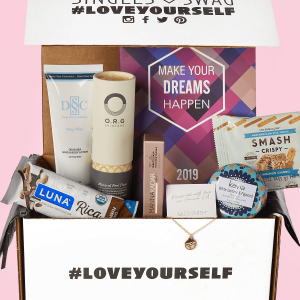
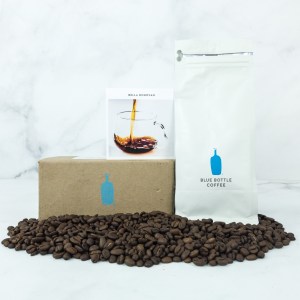
Comments